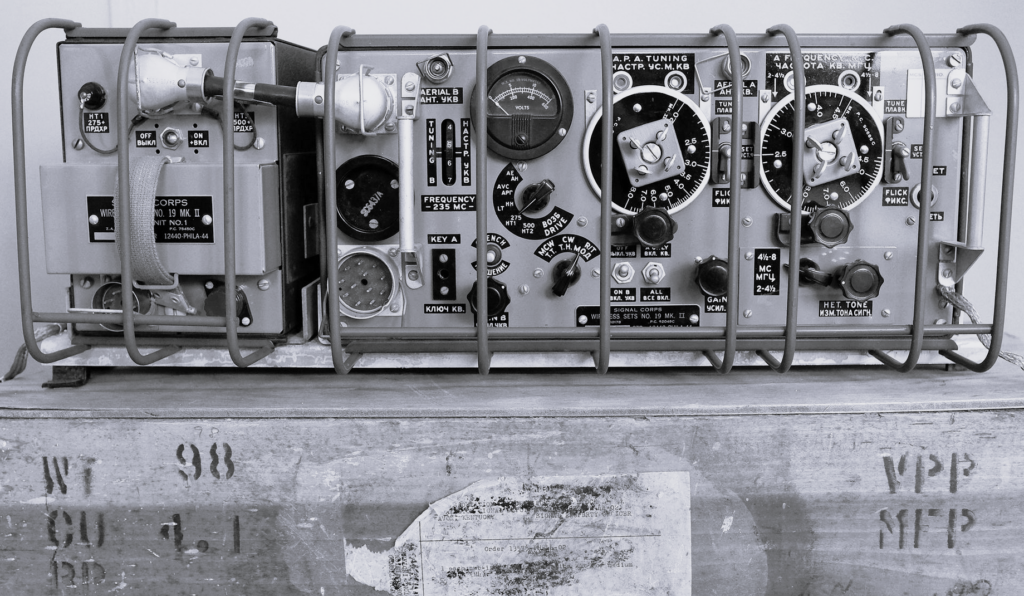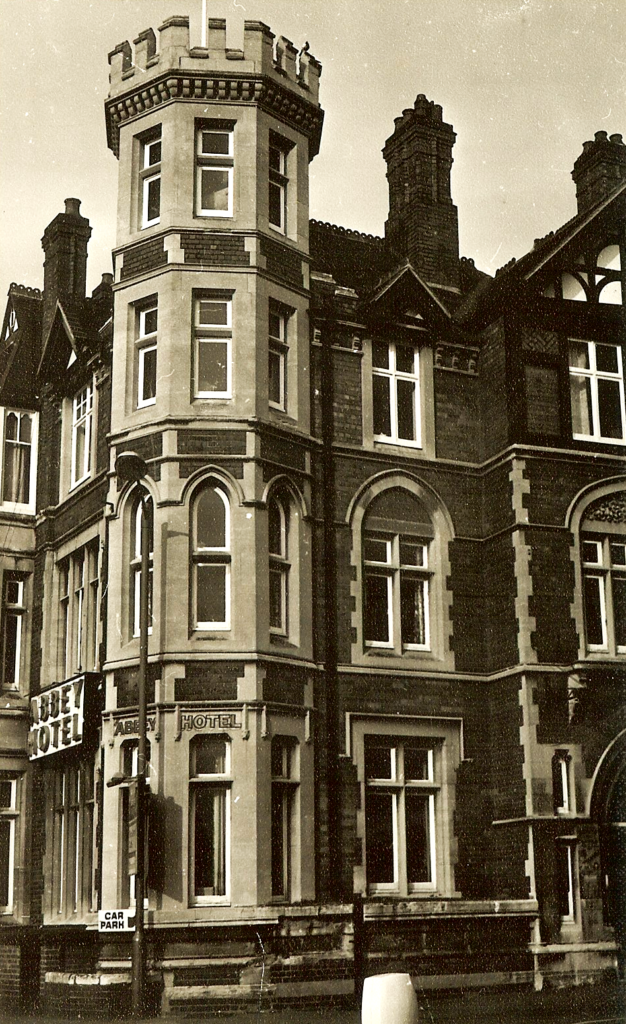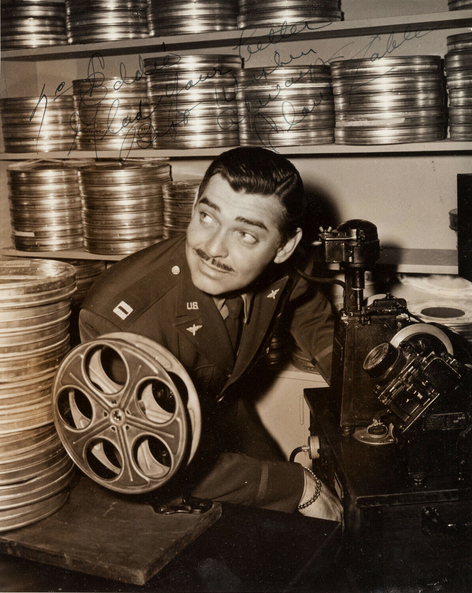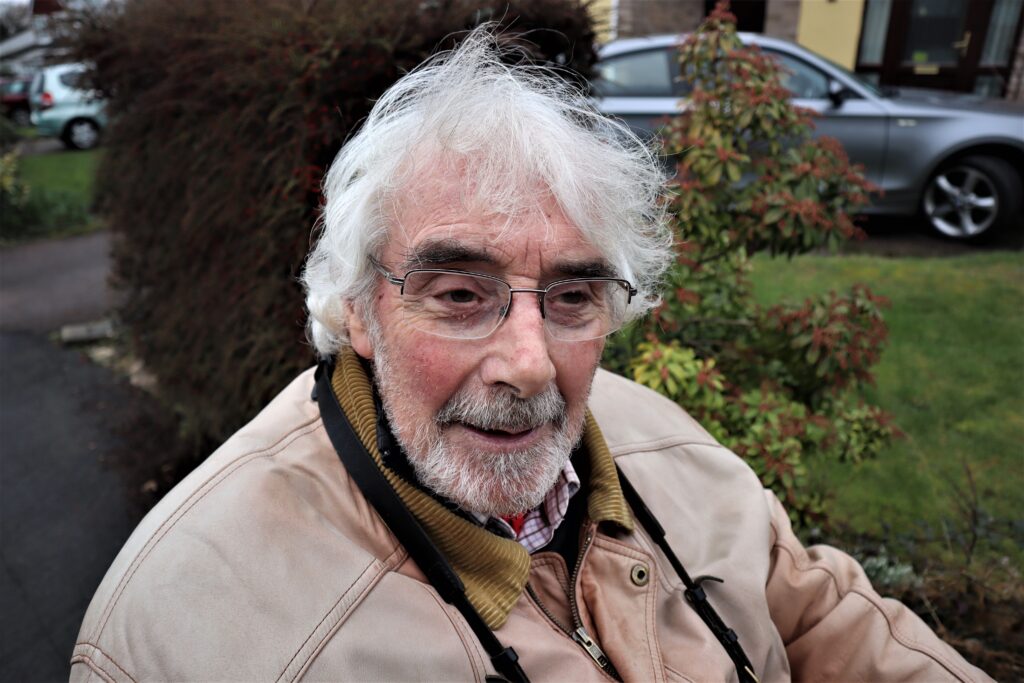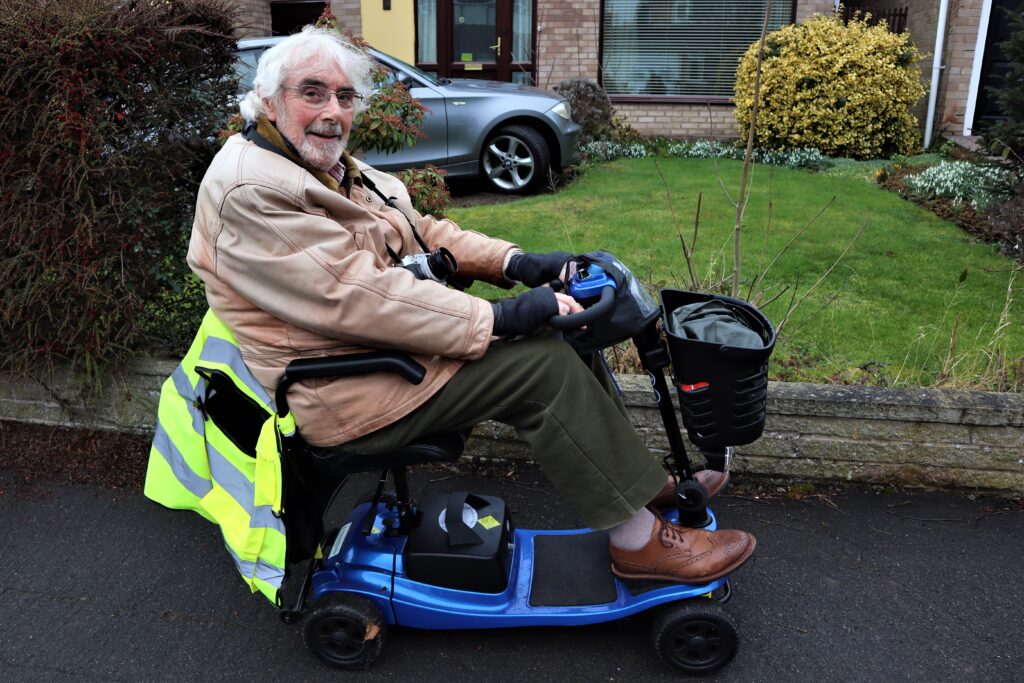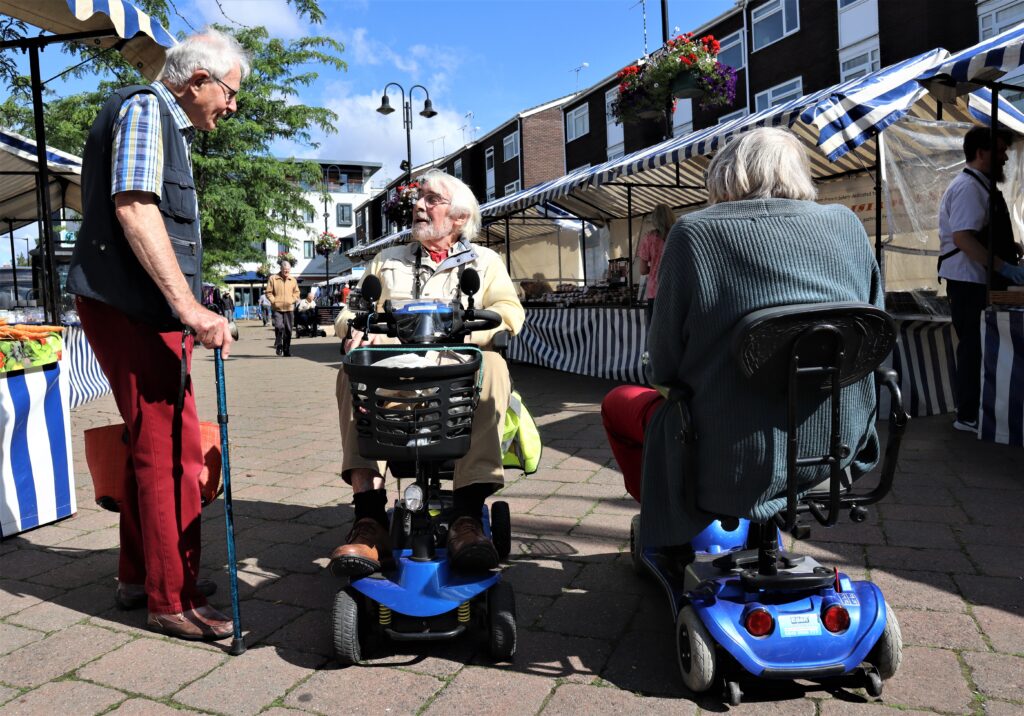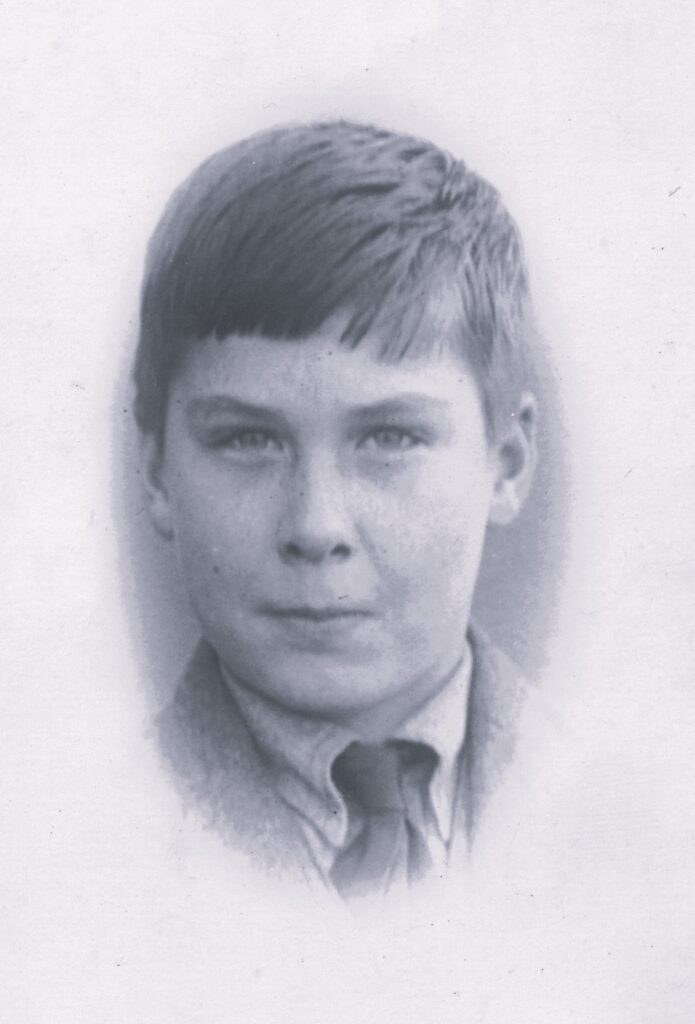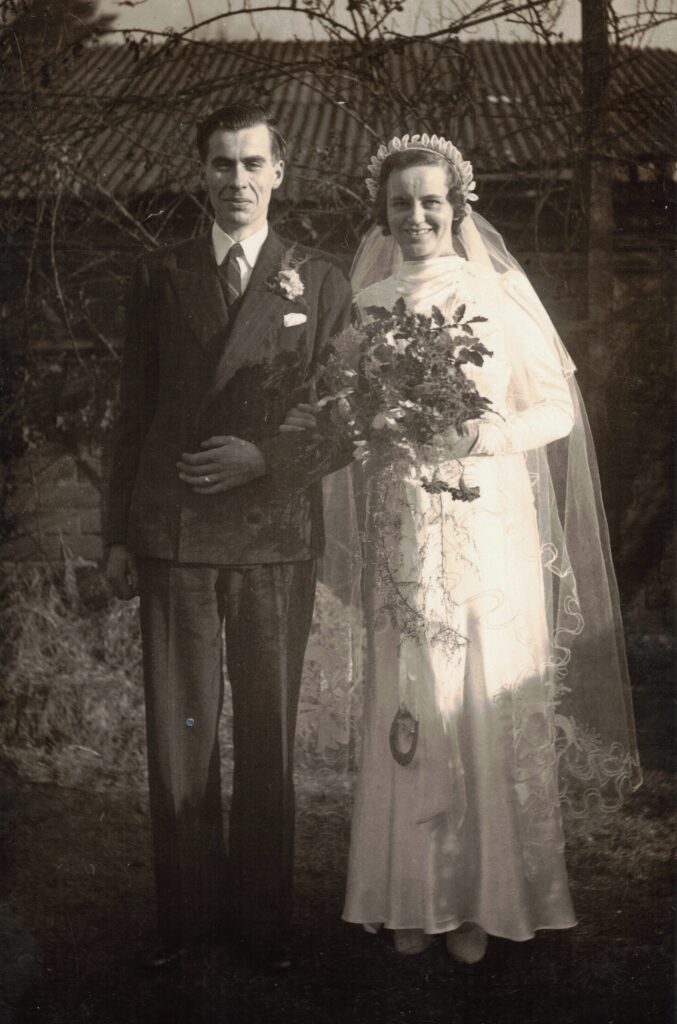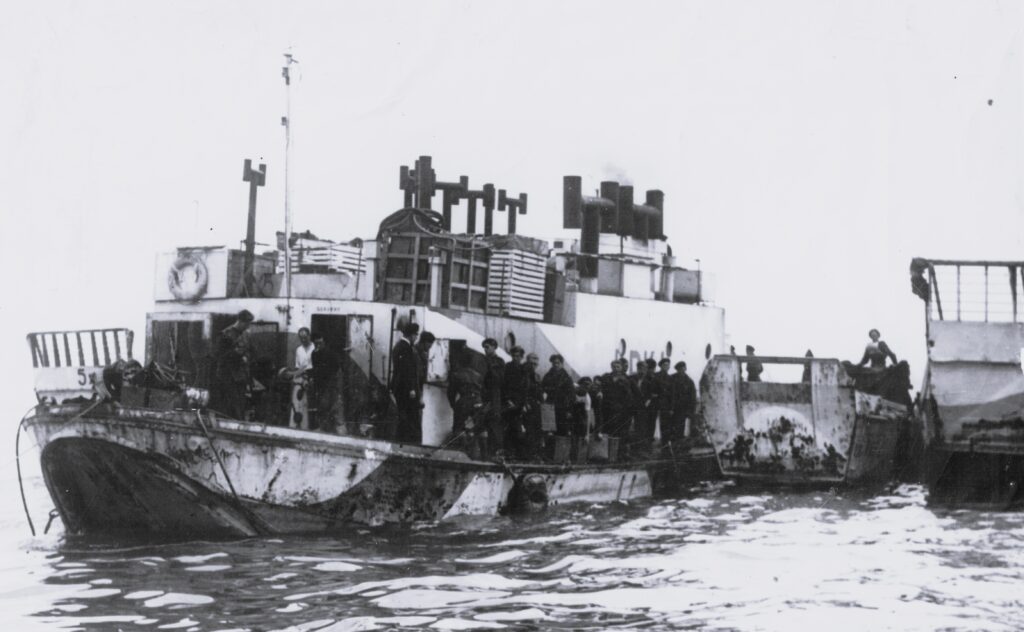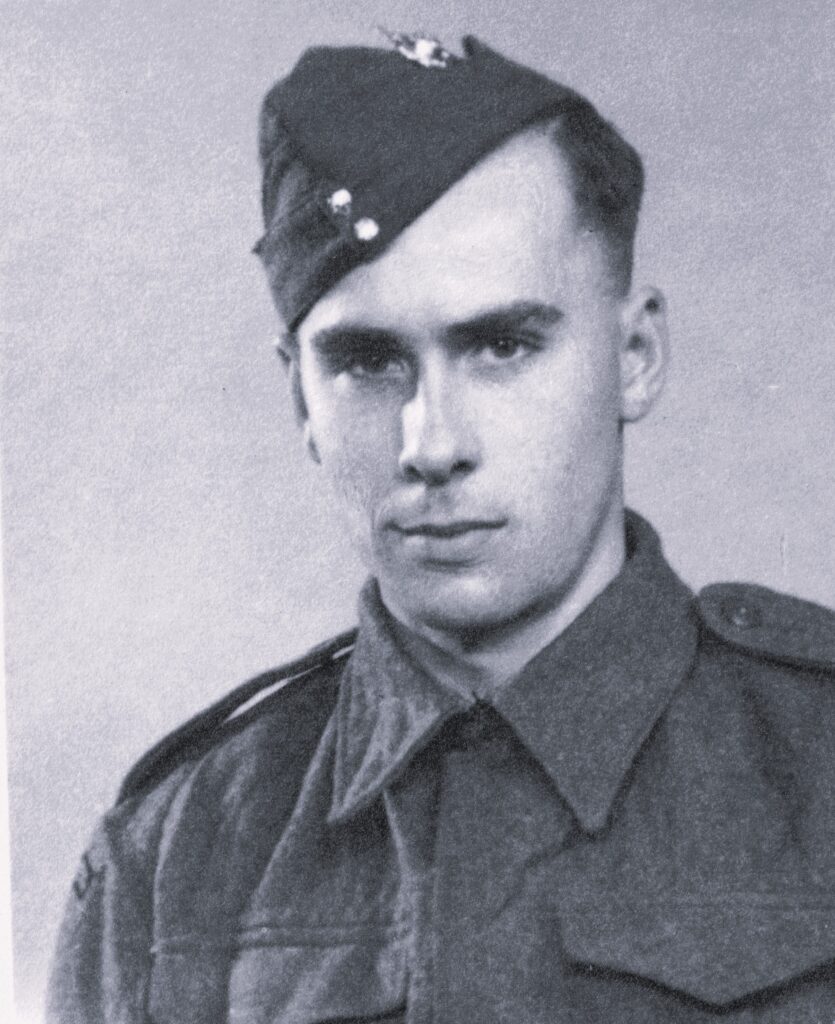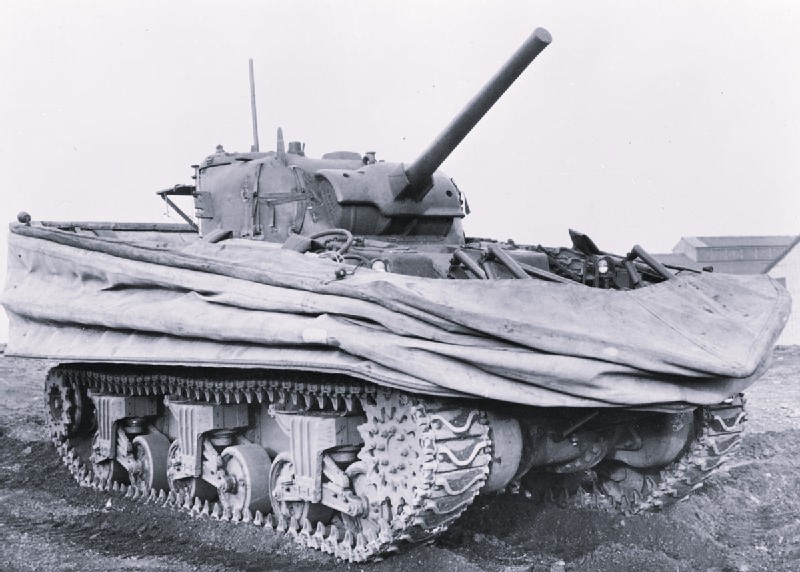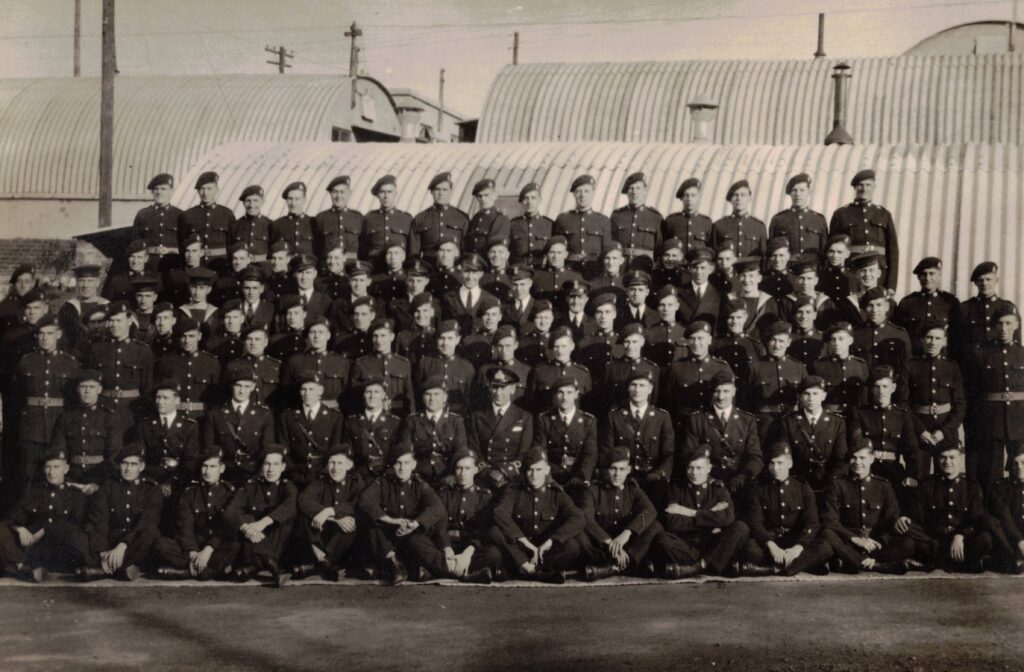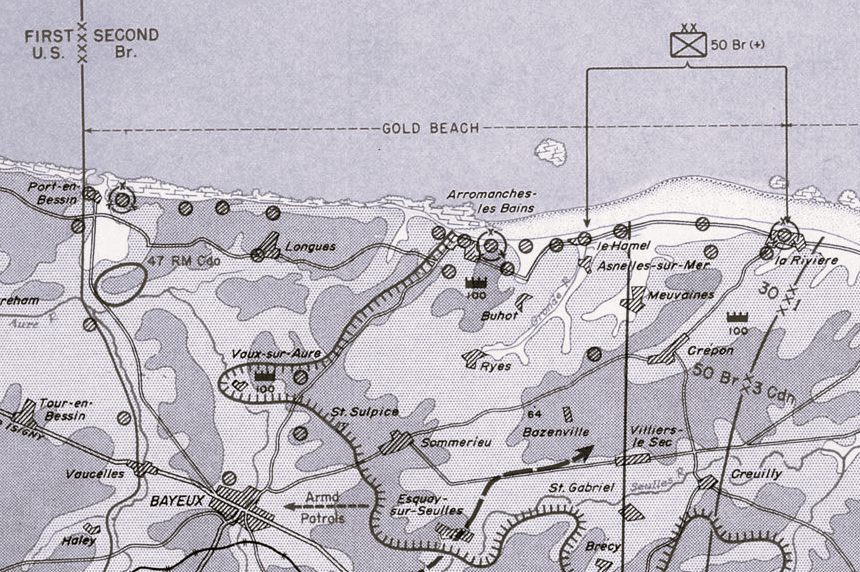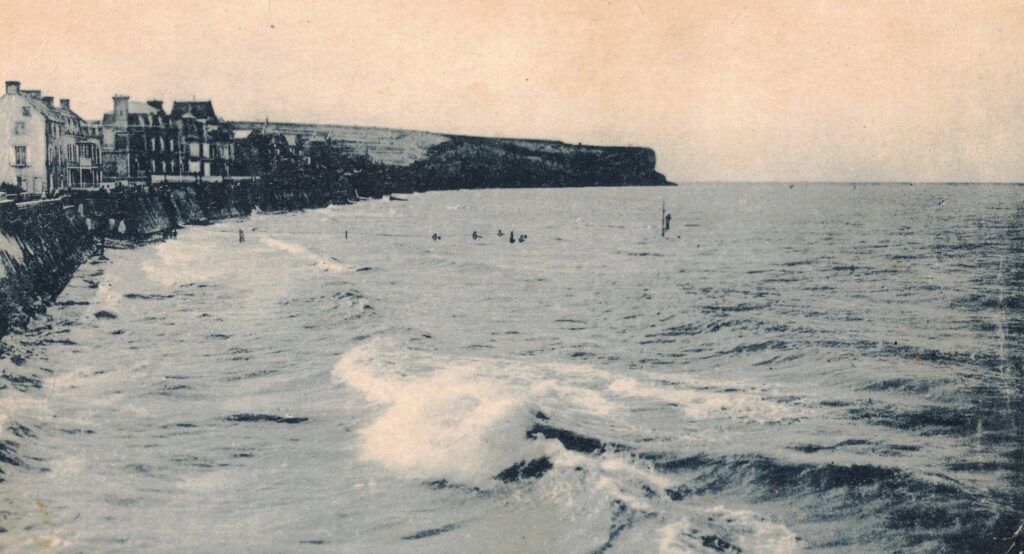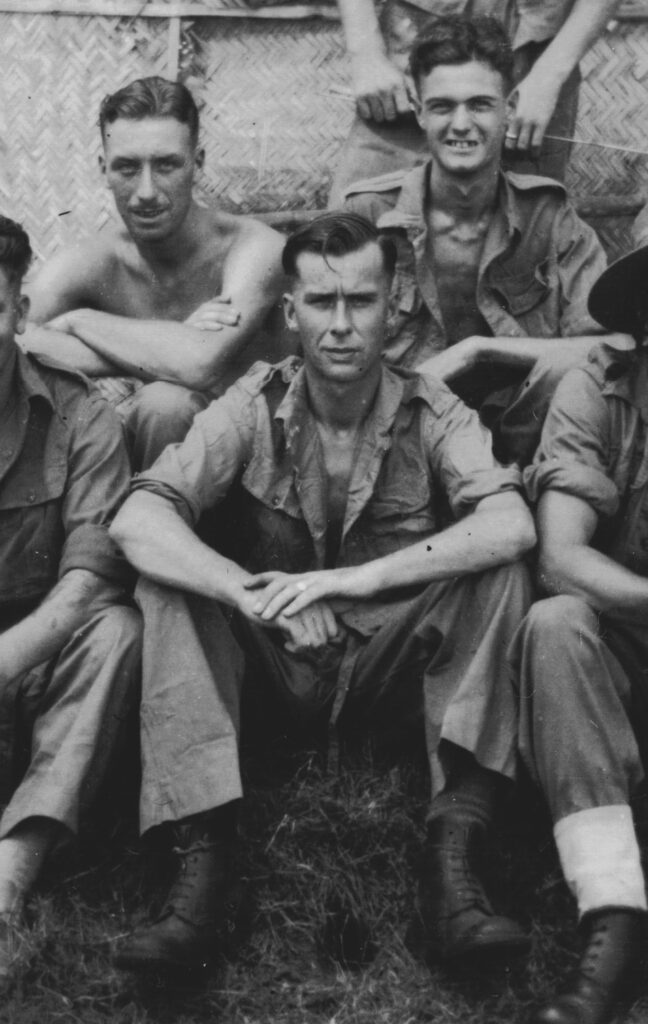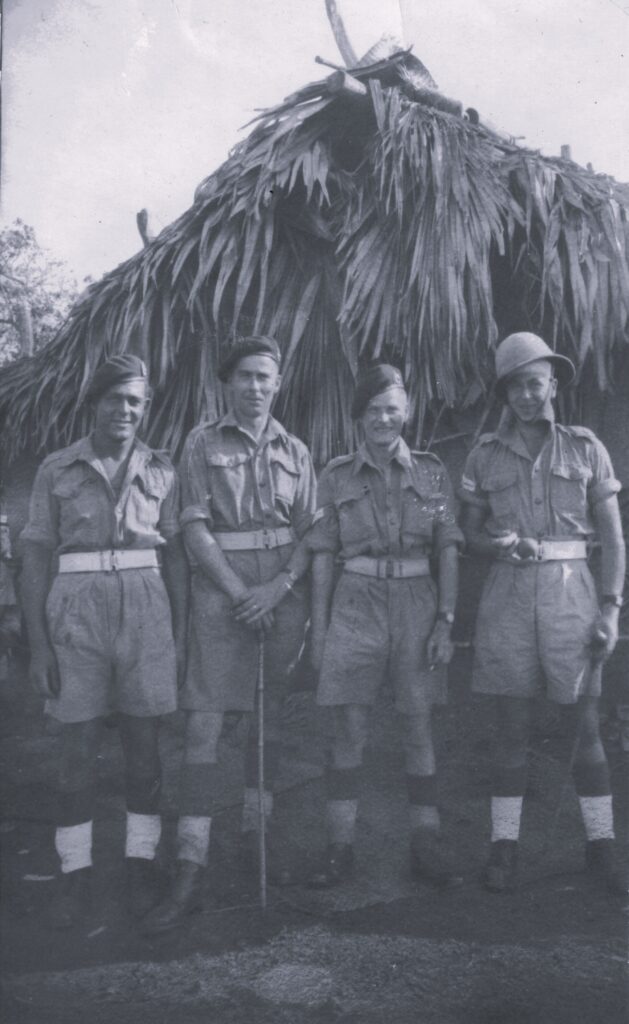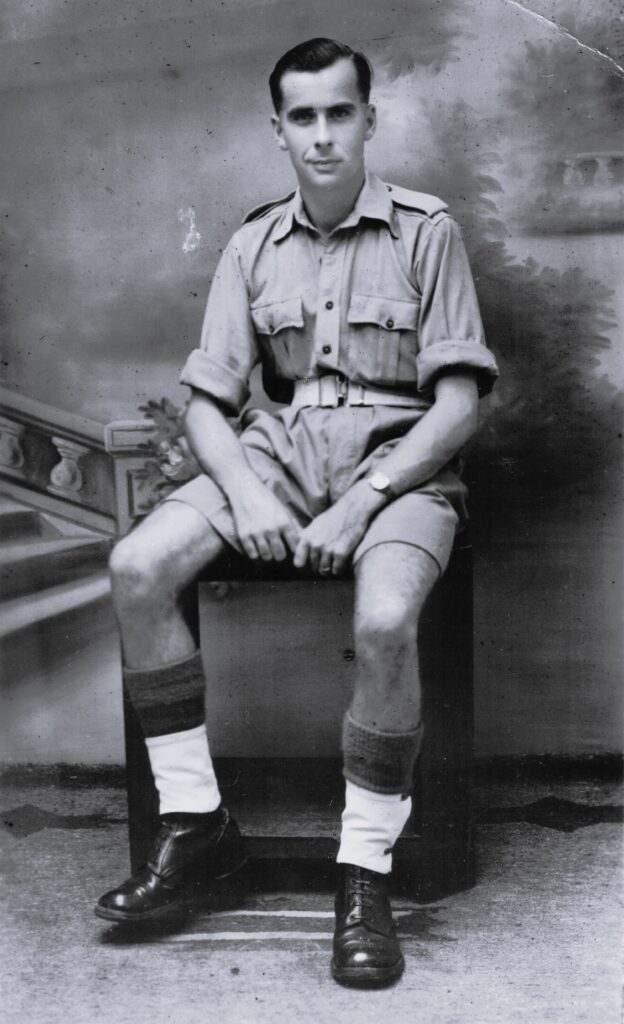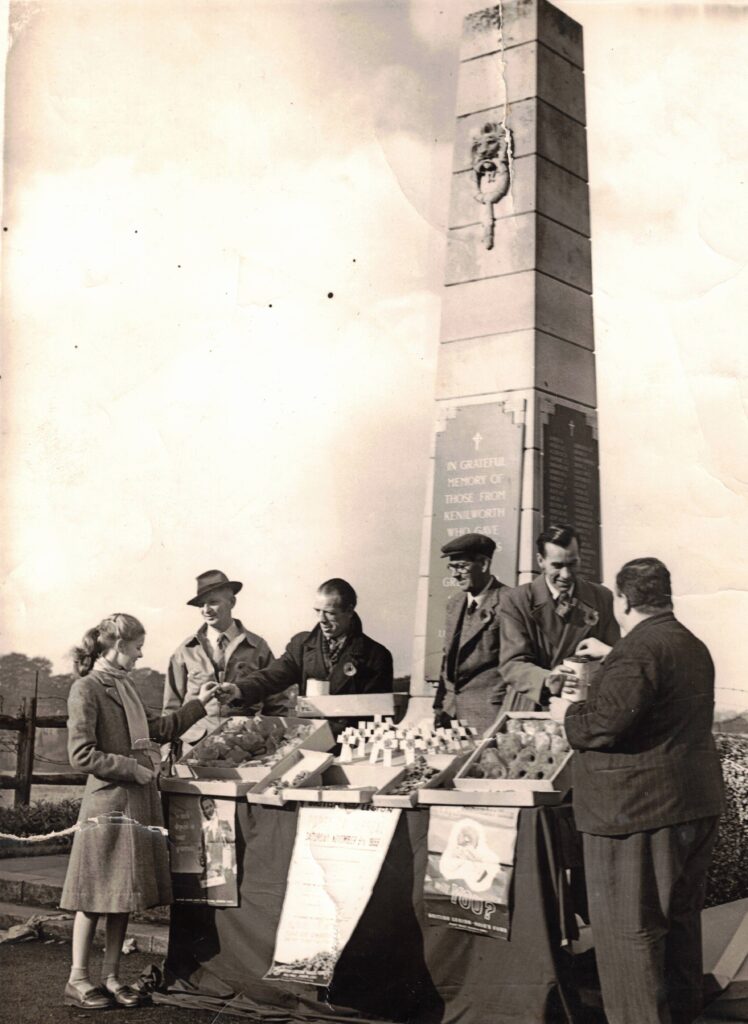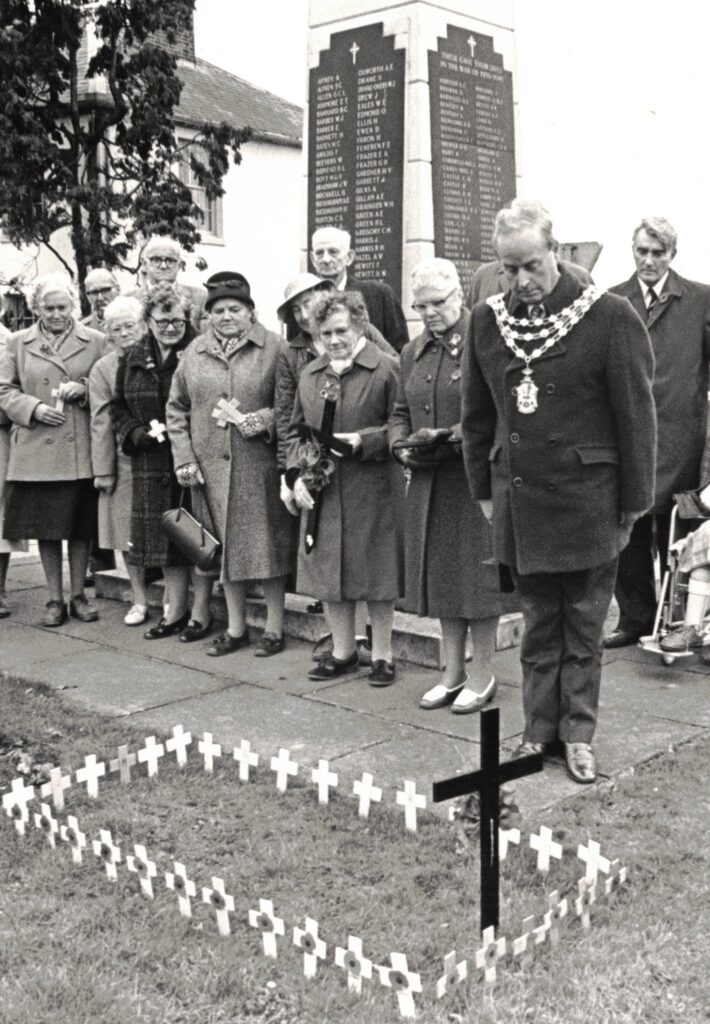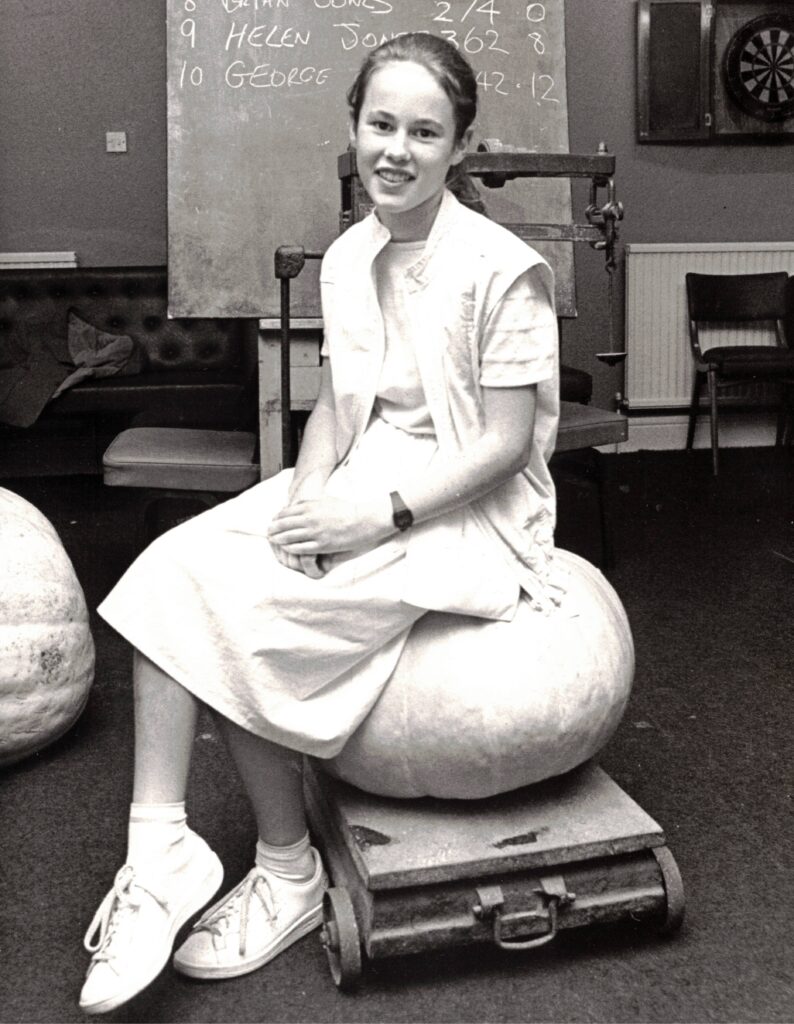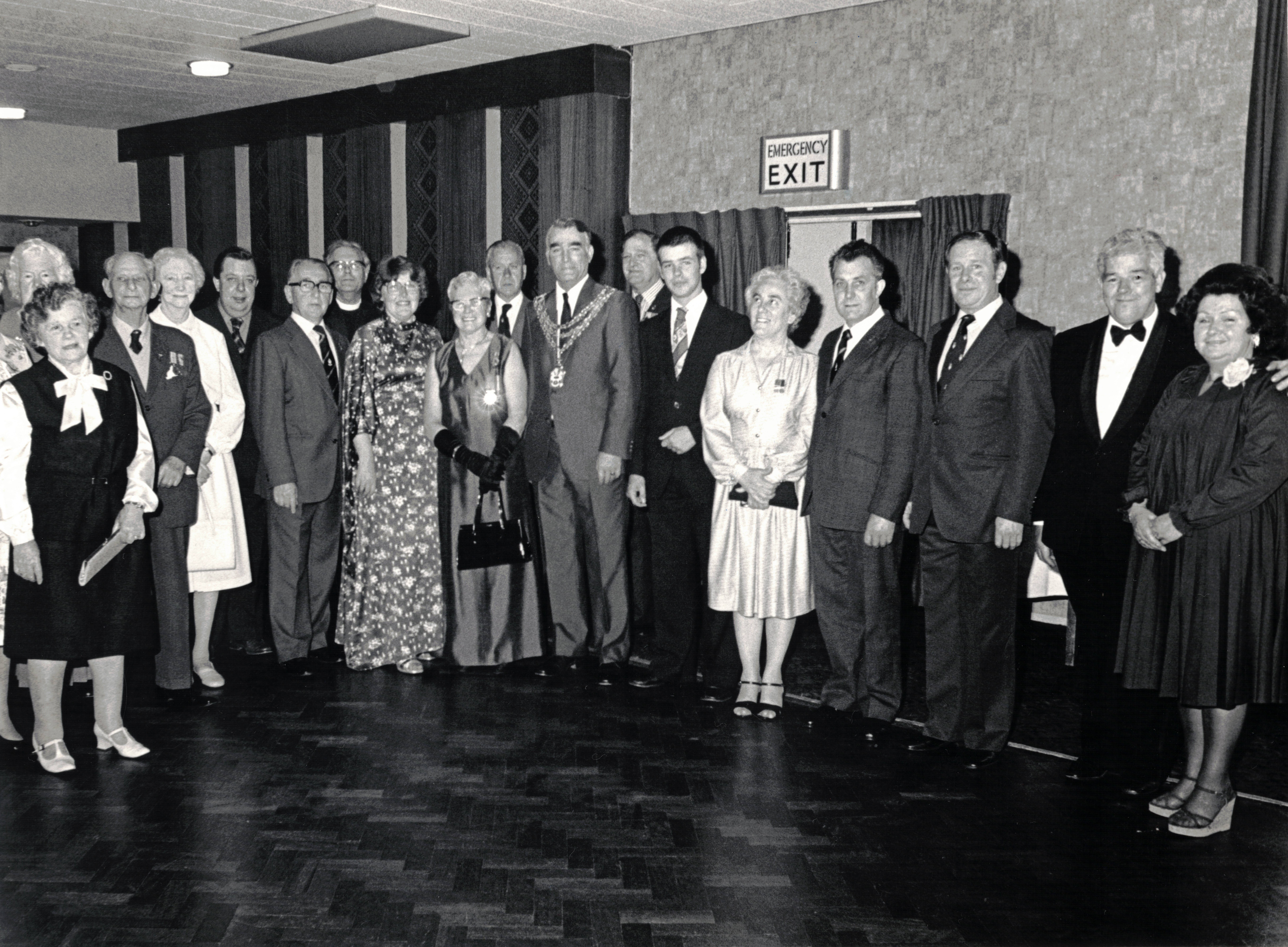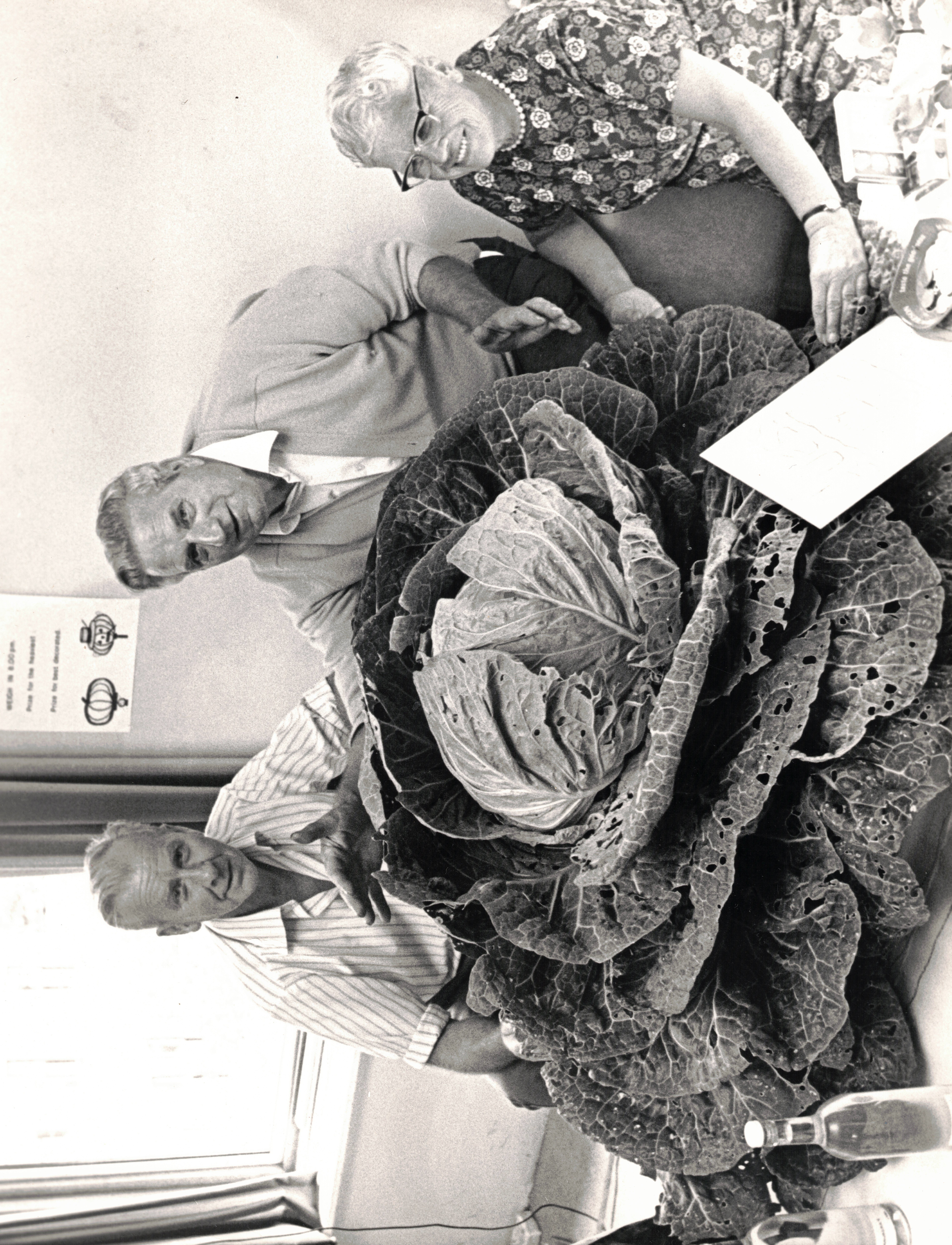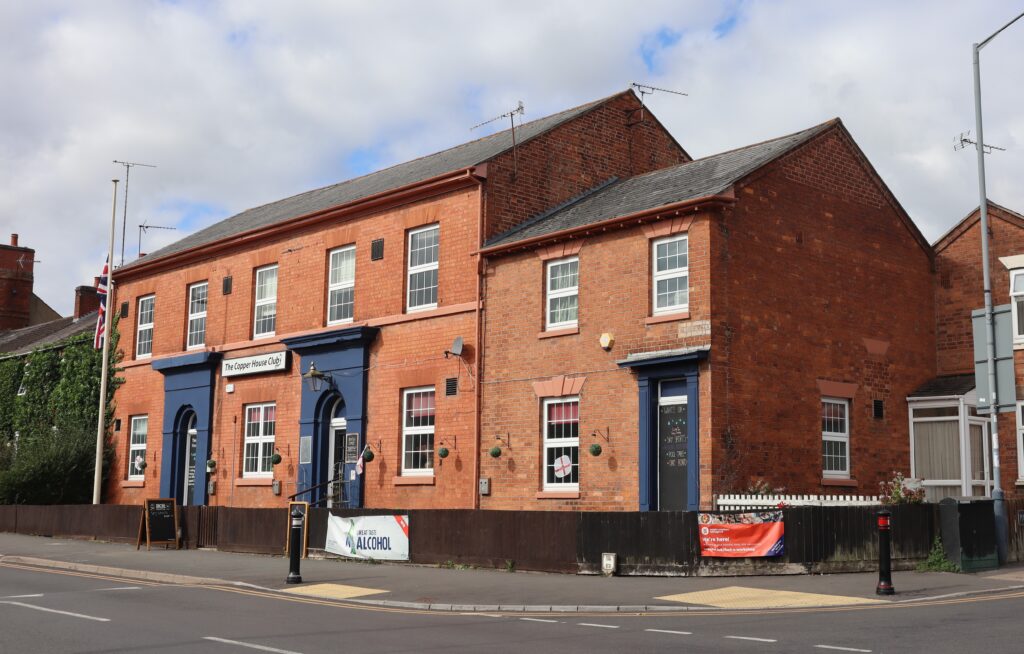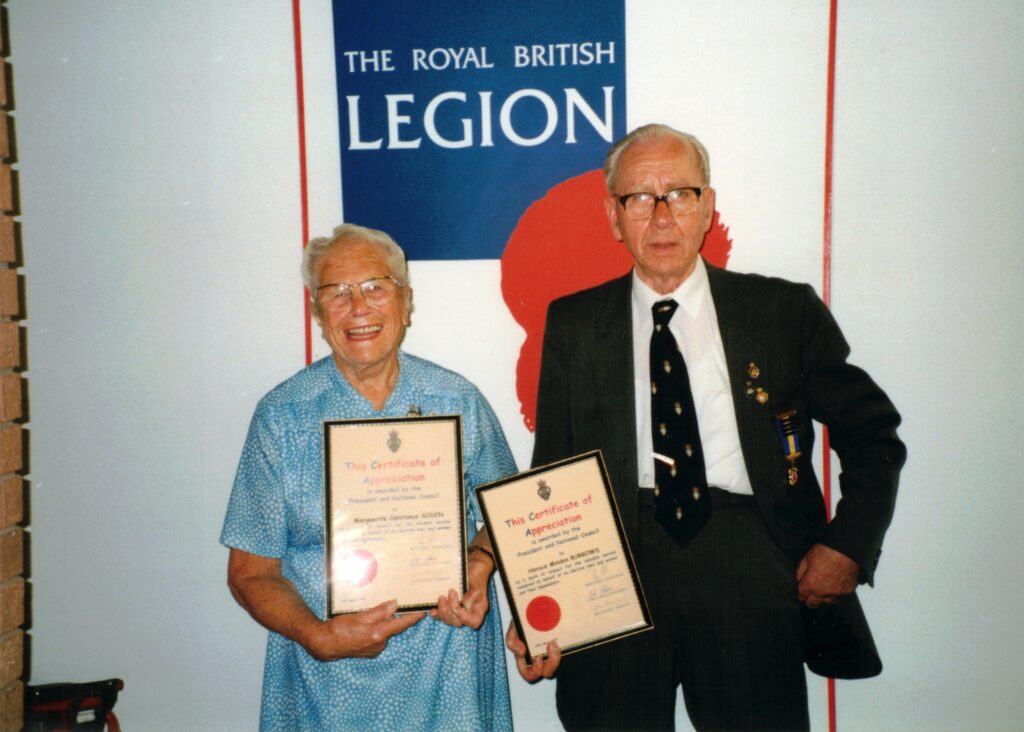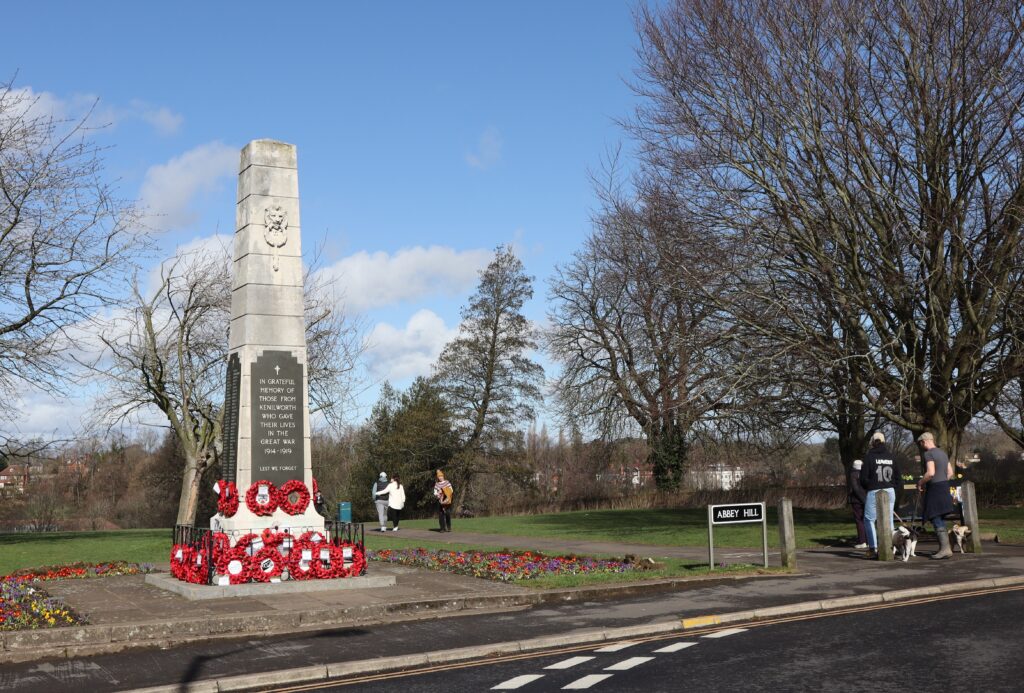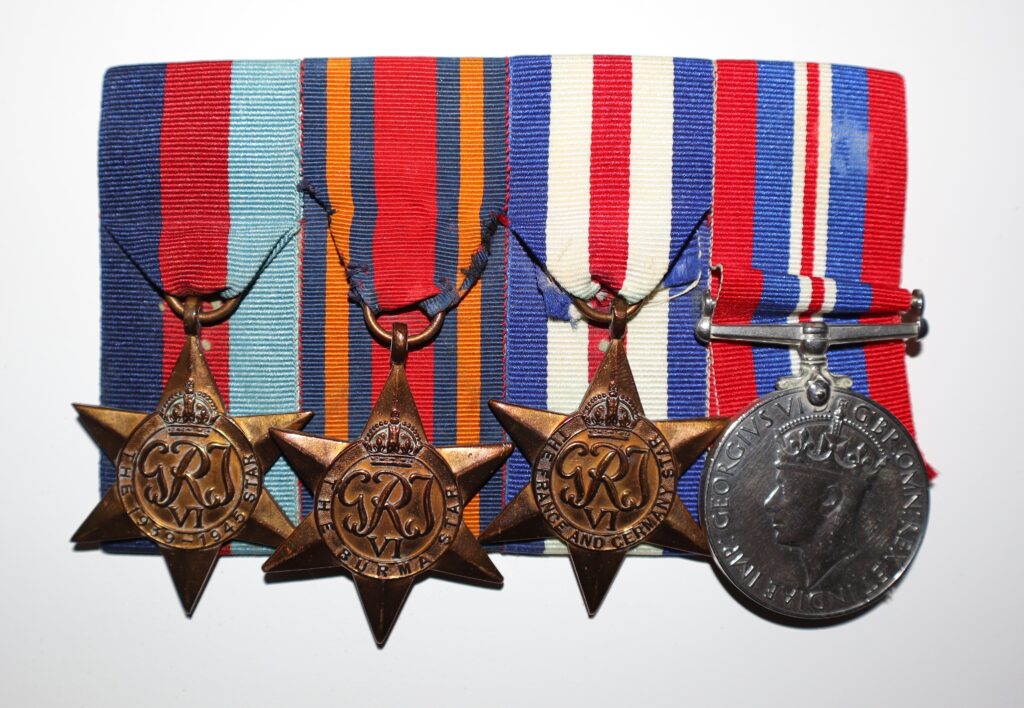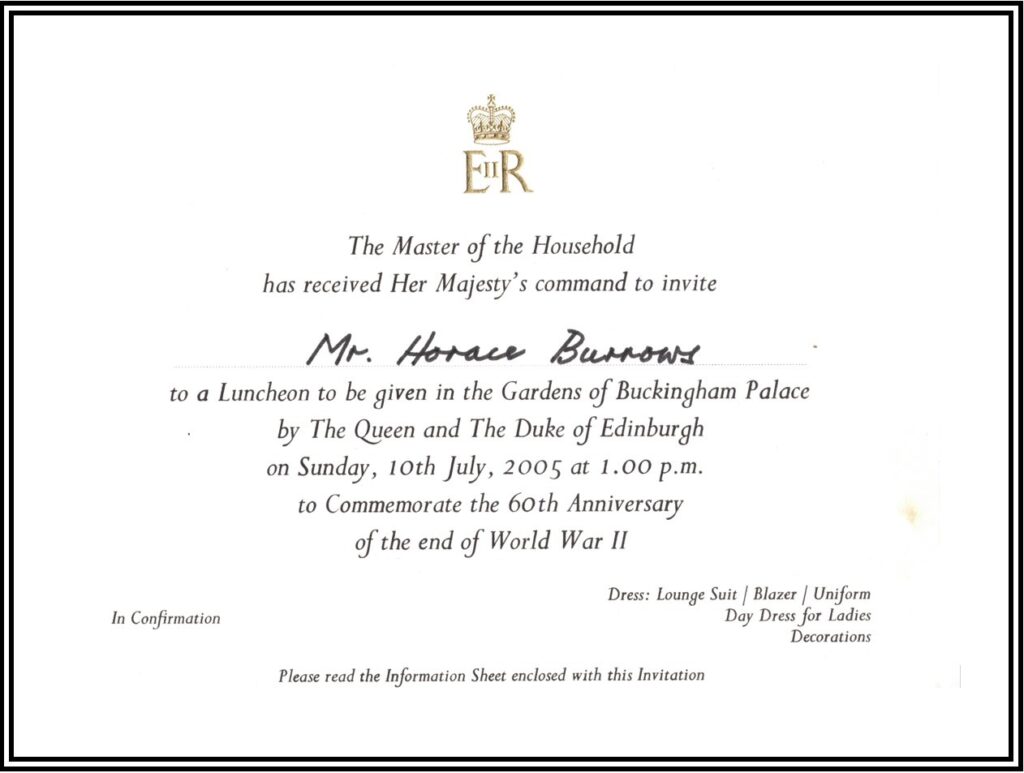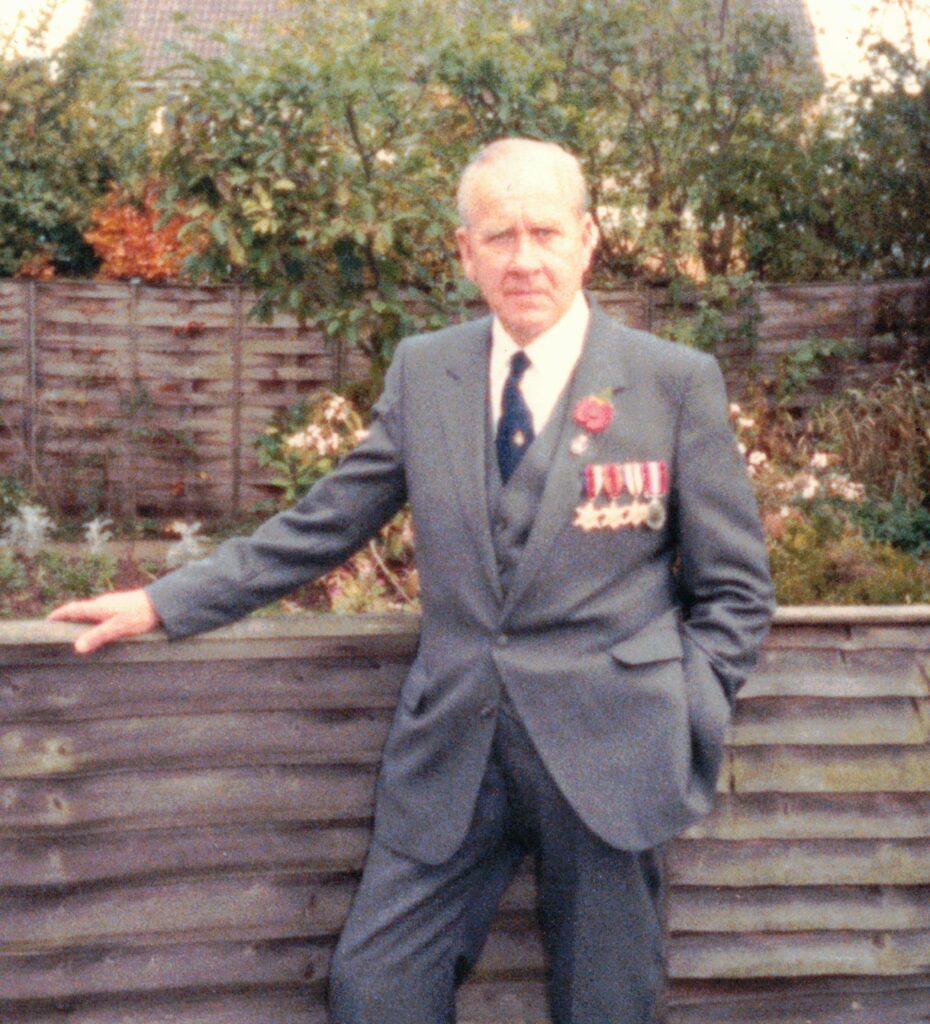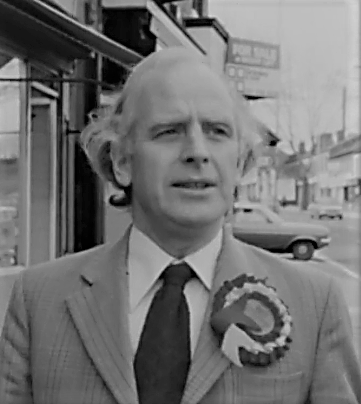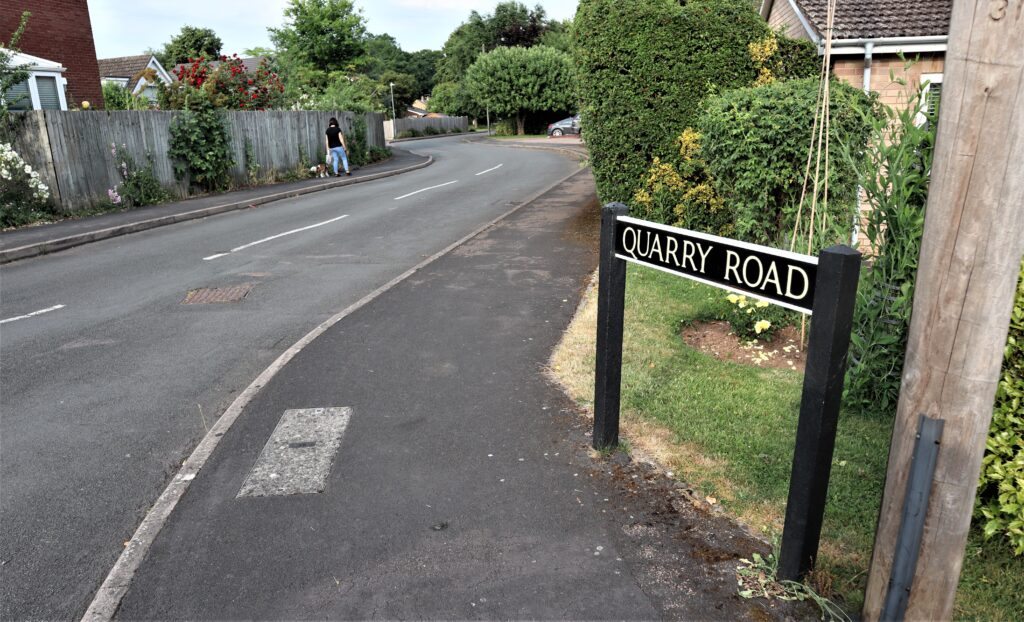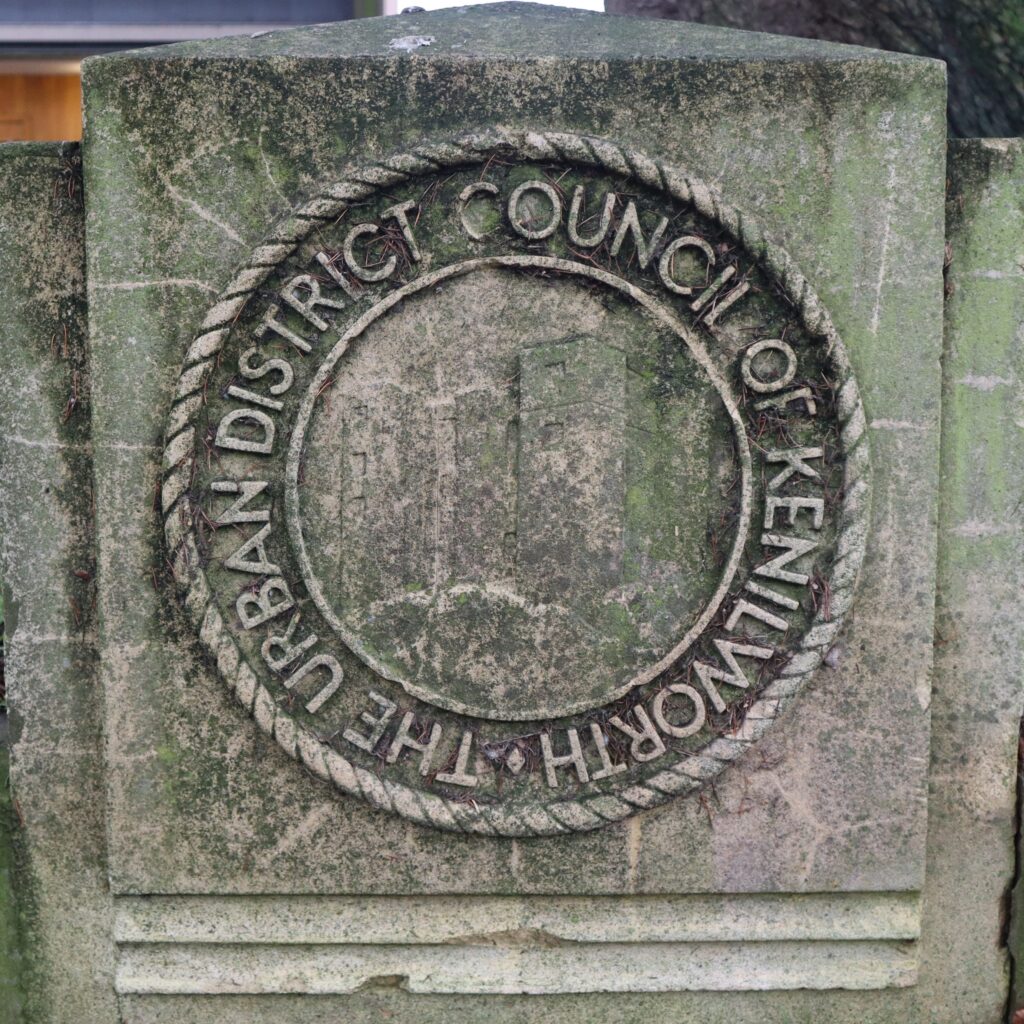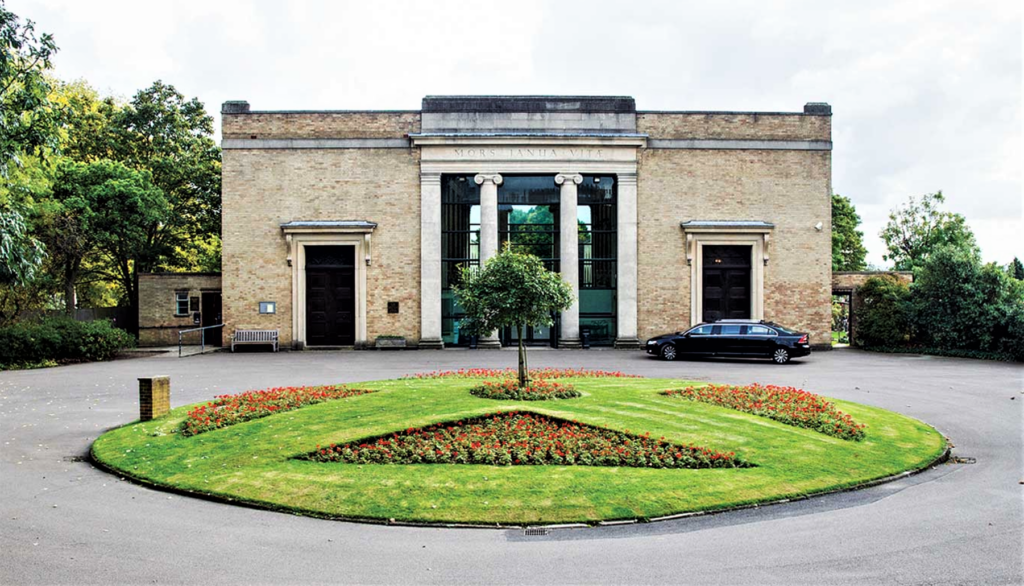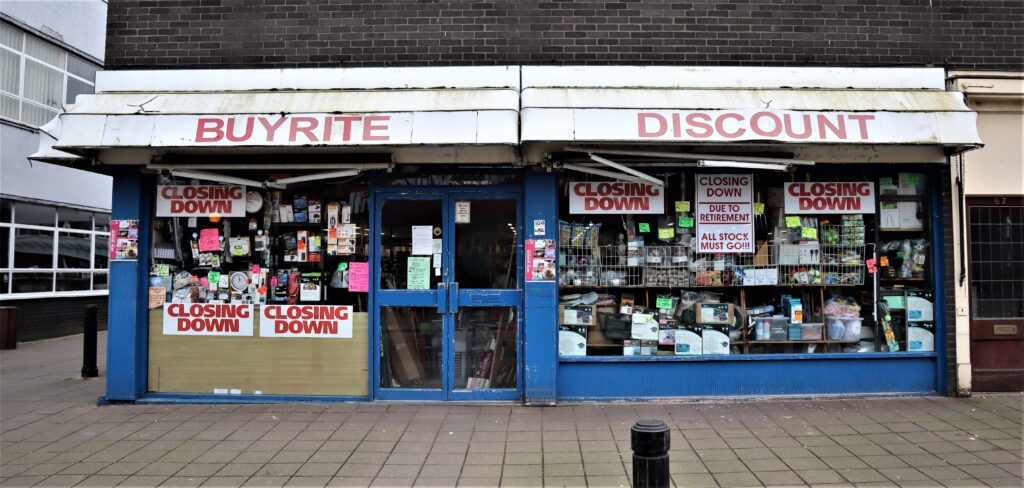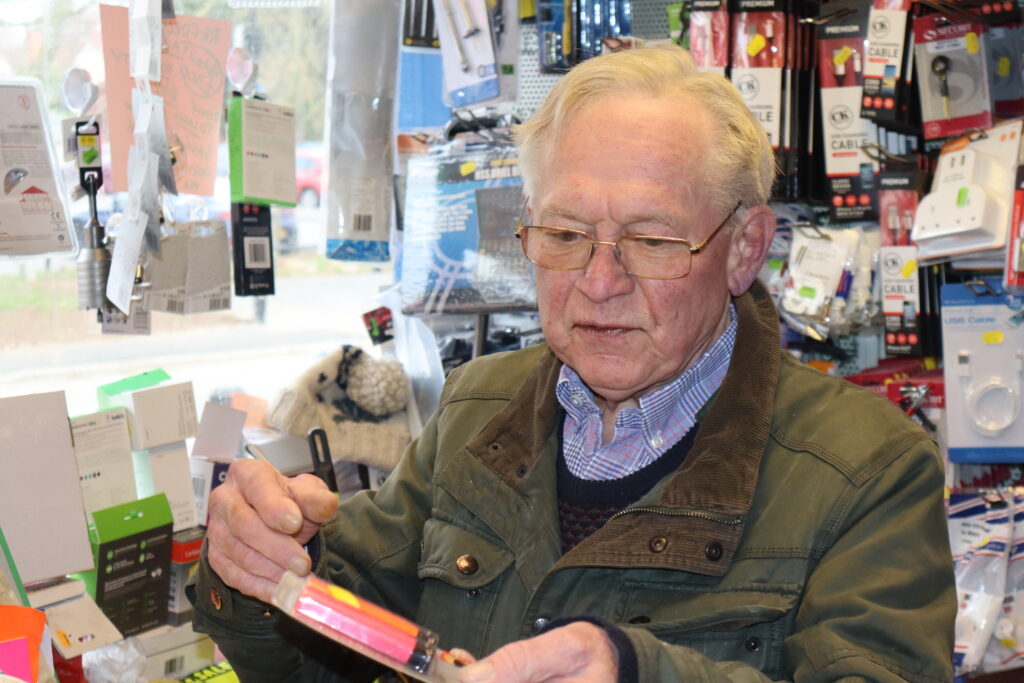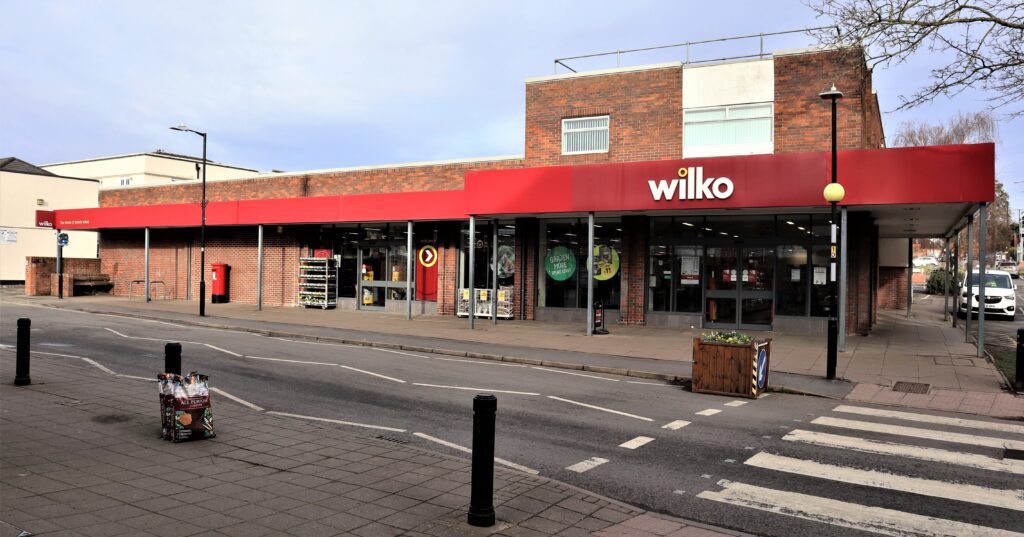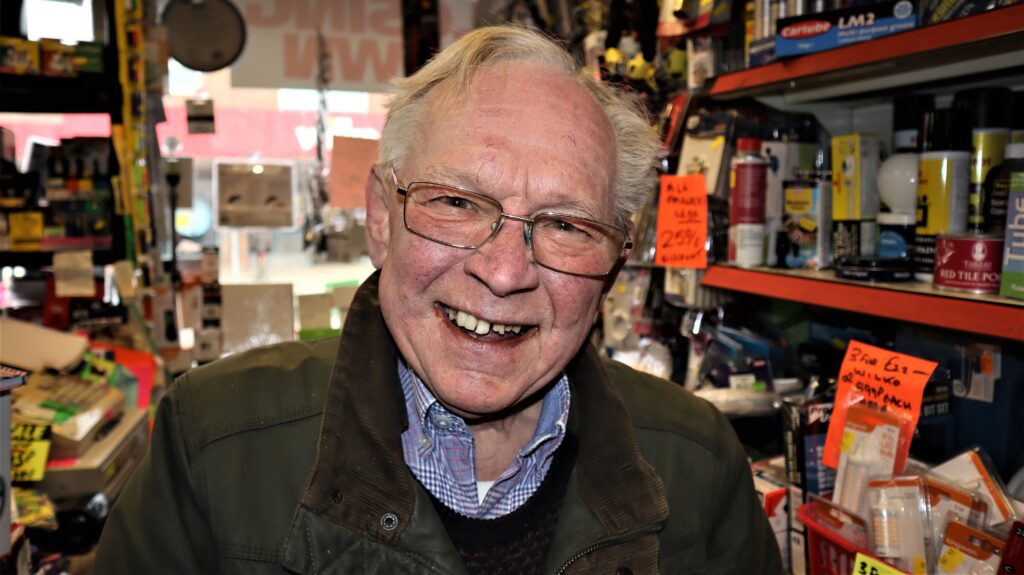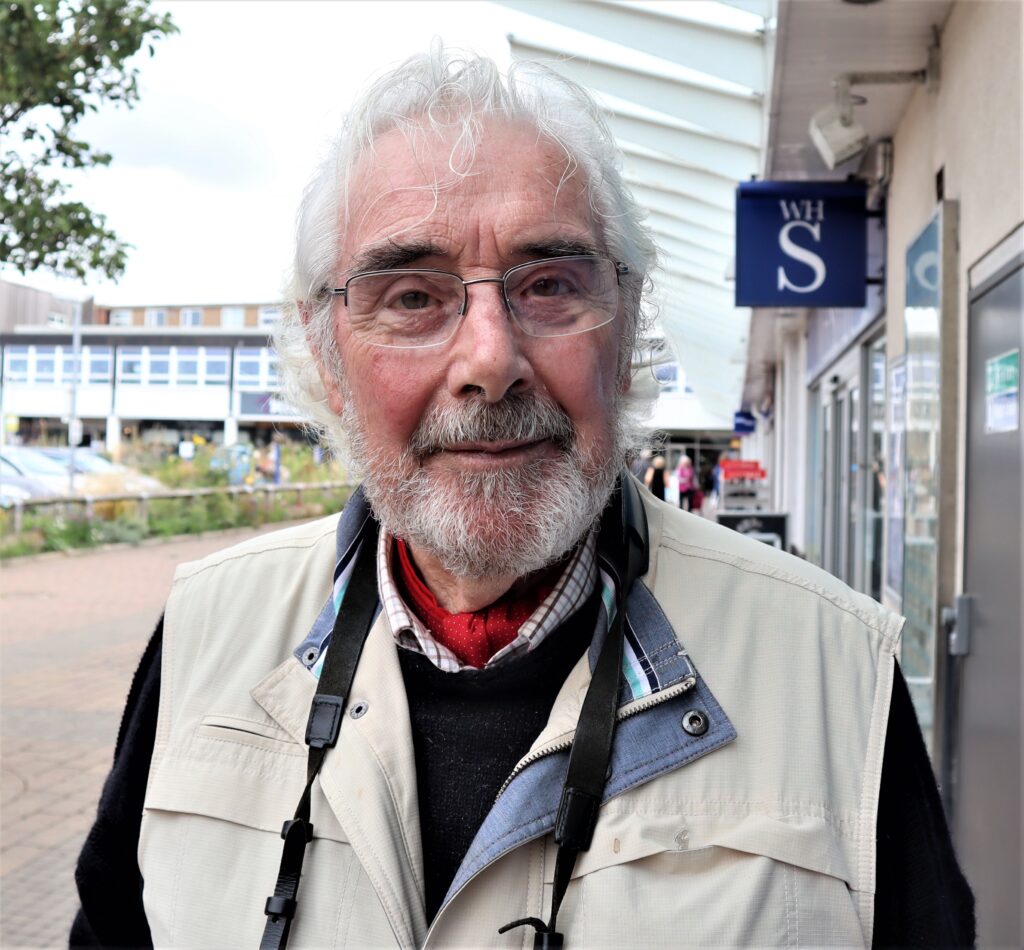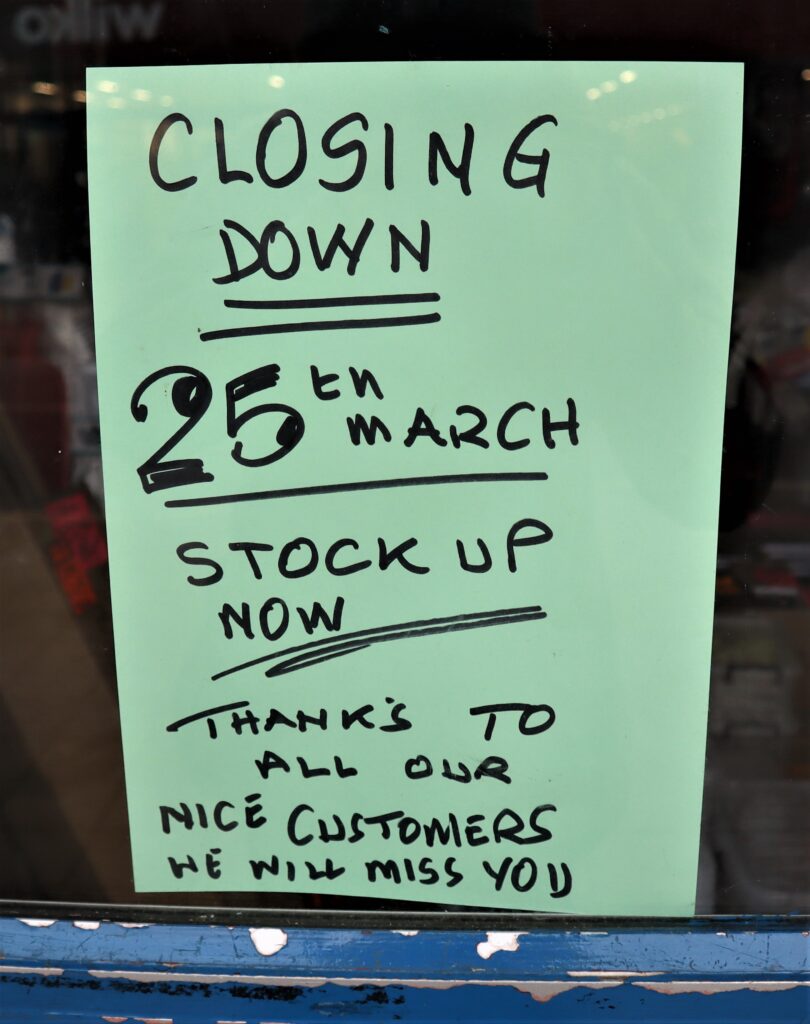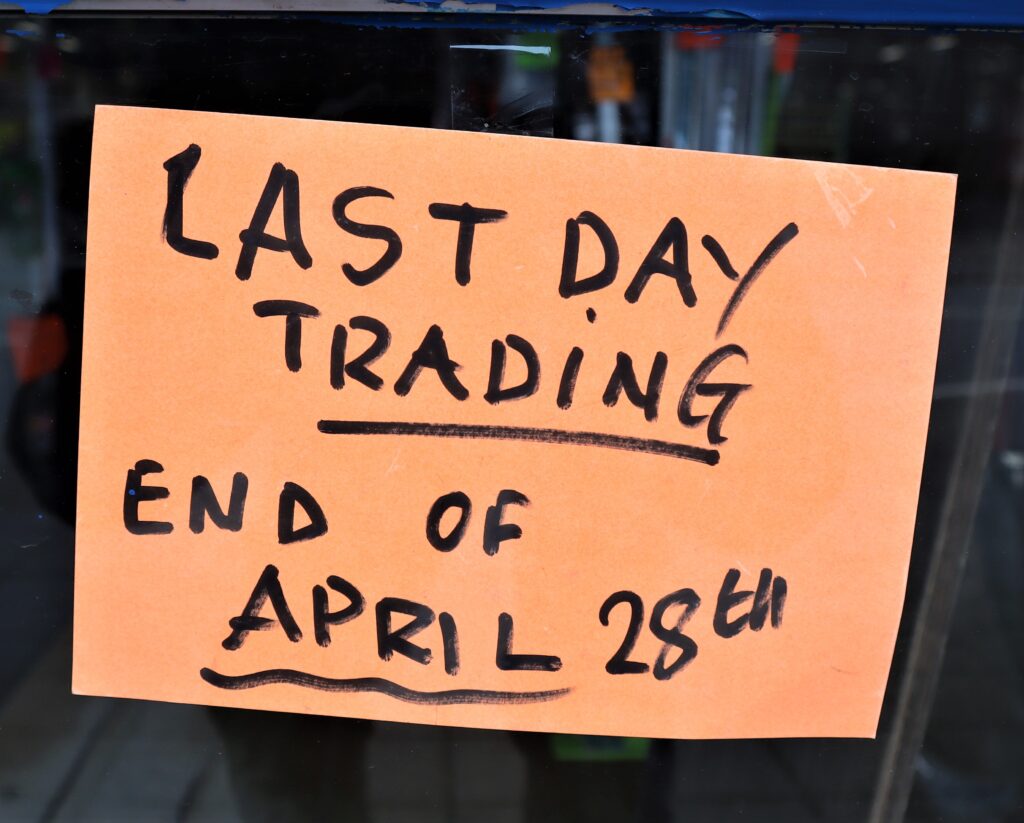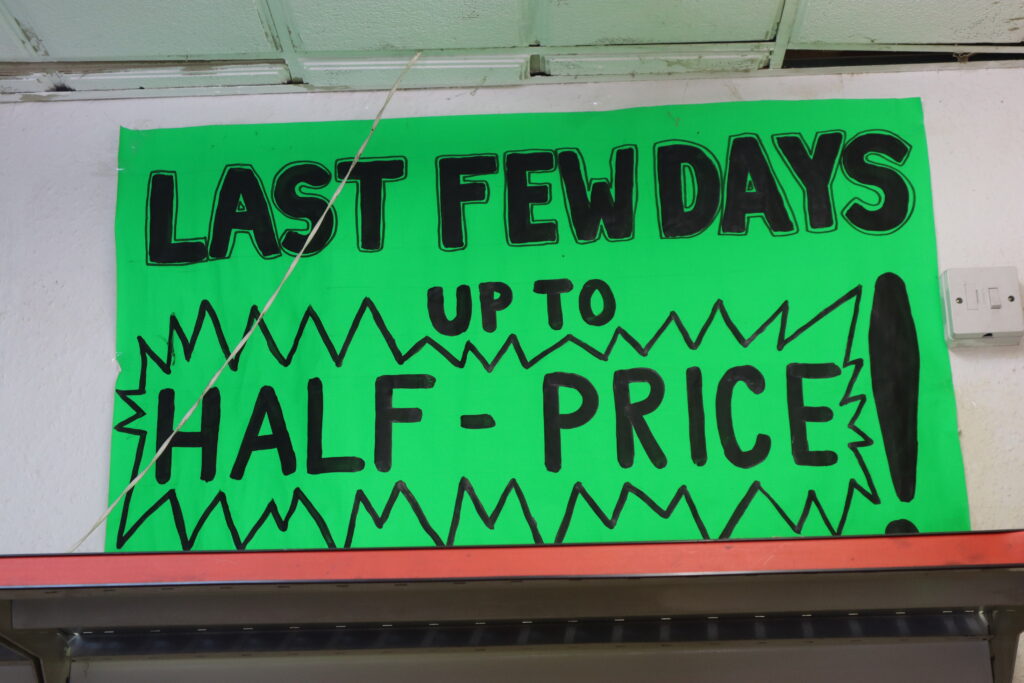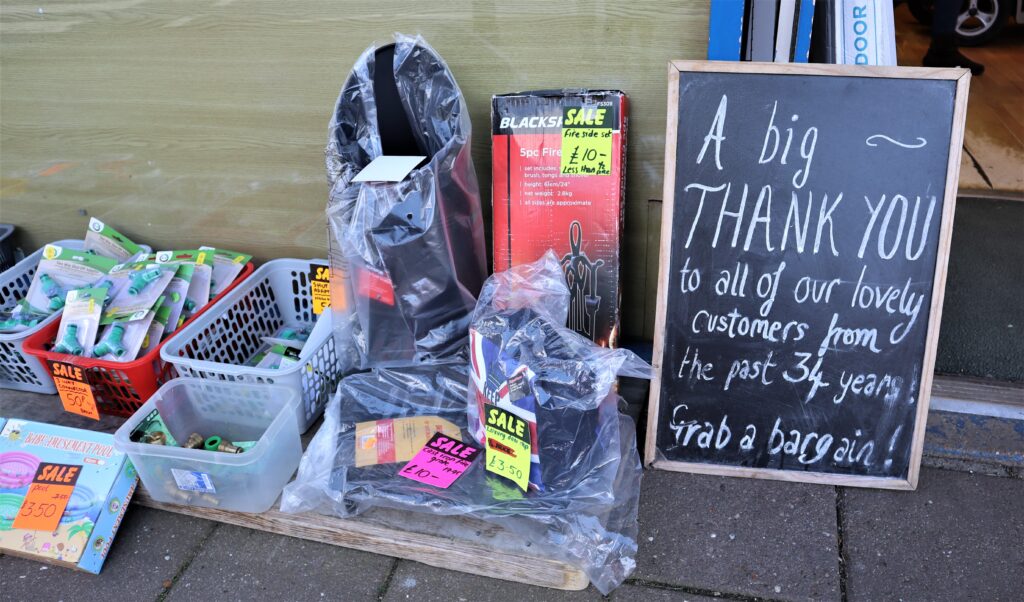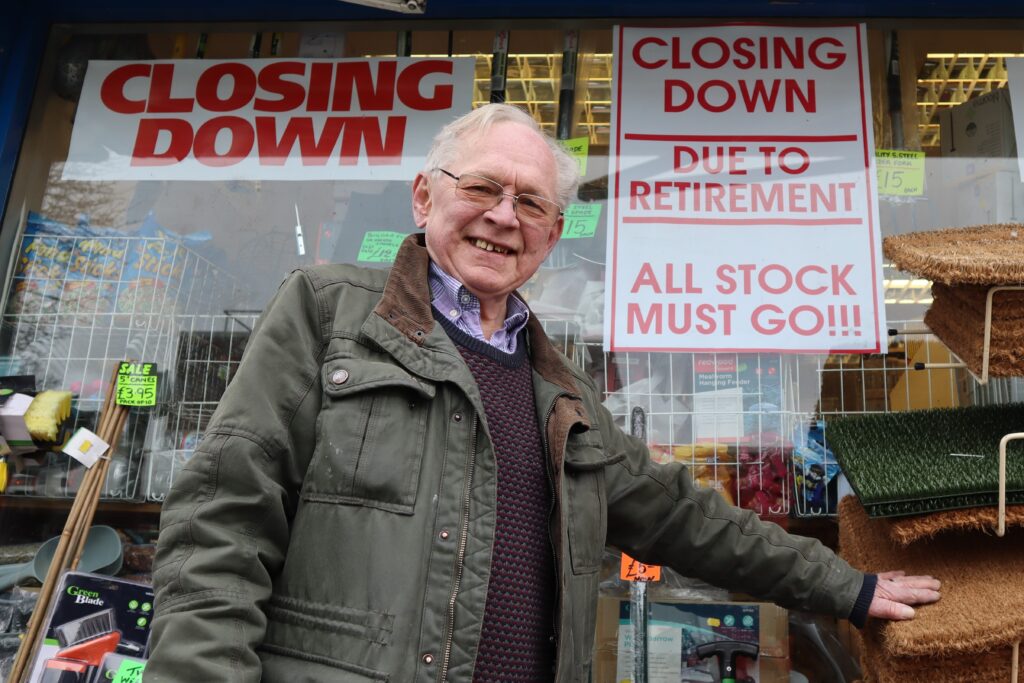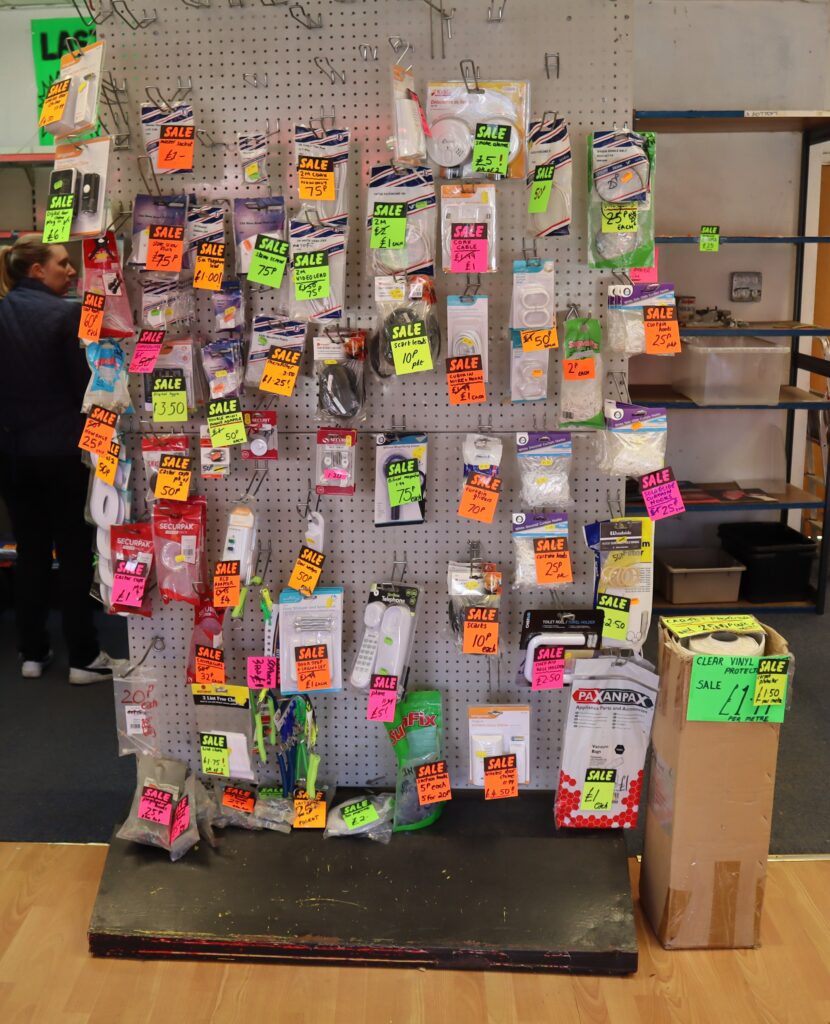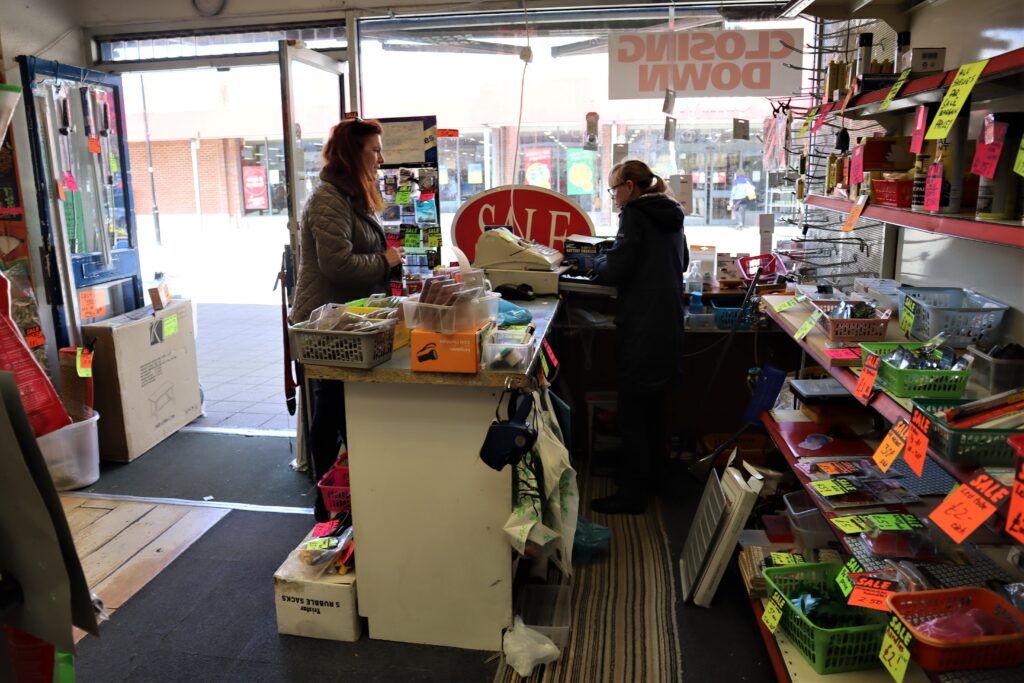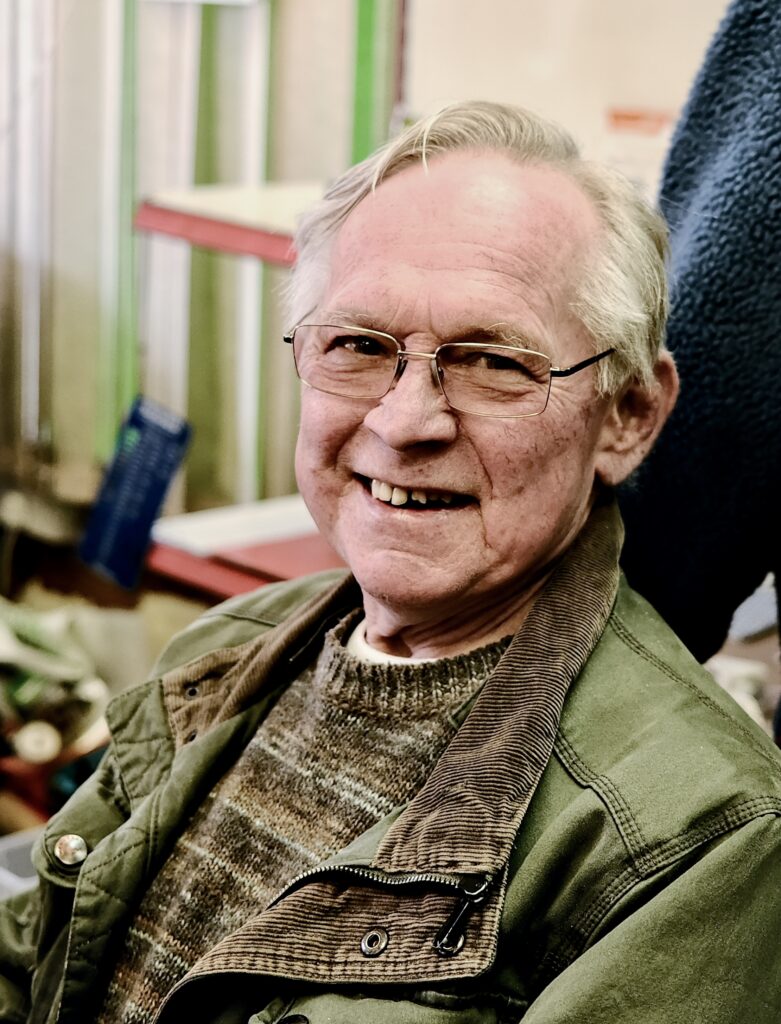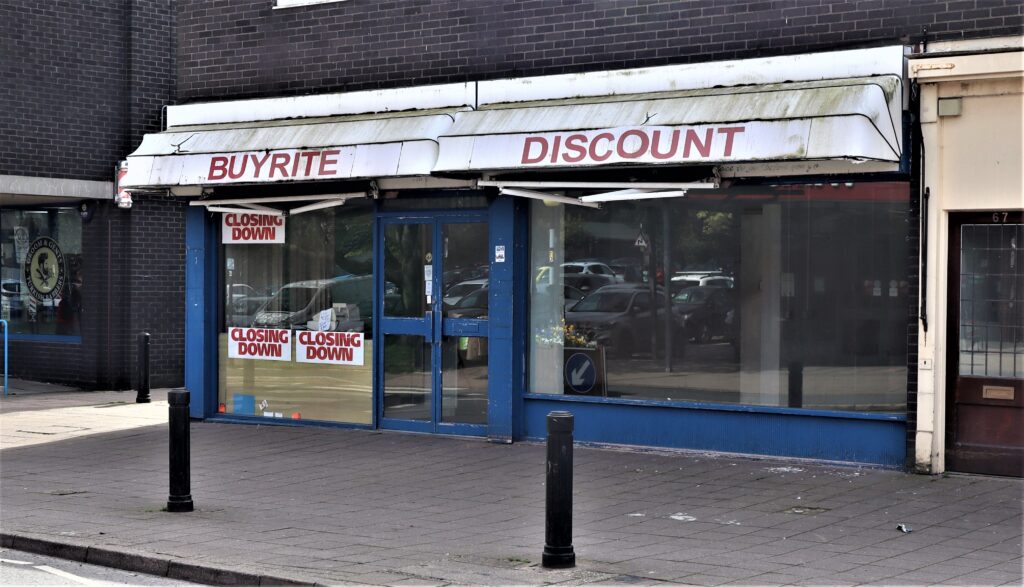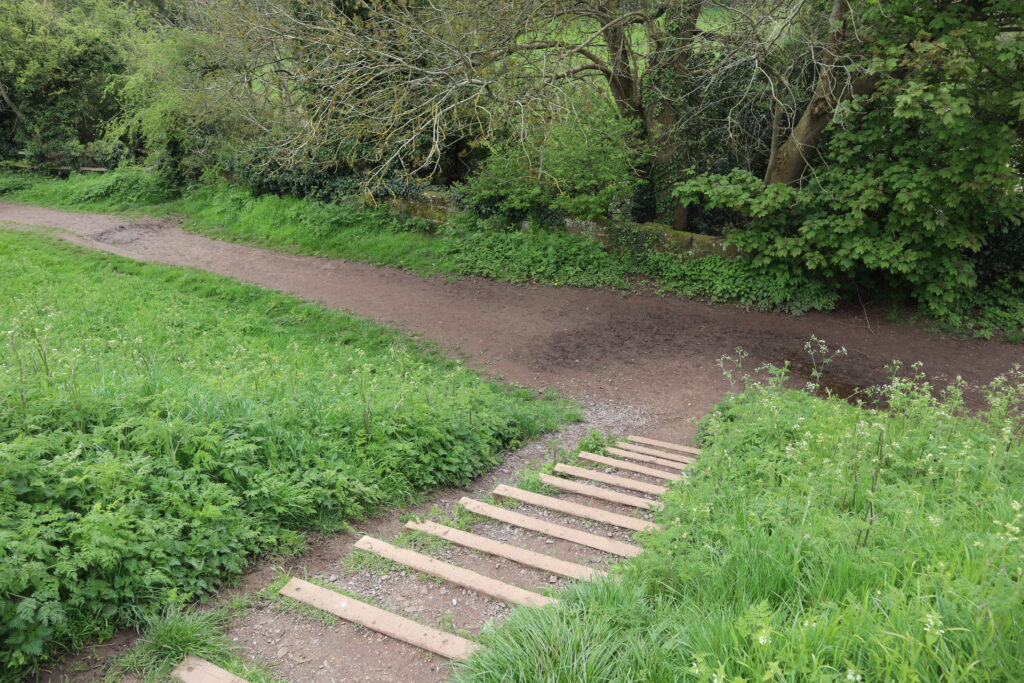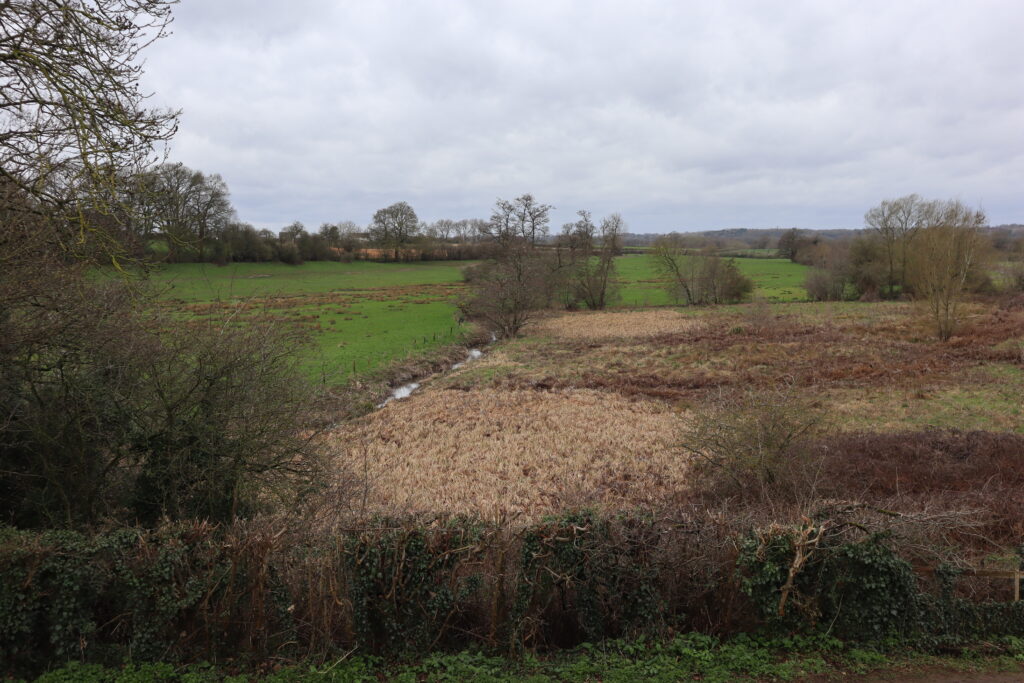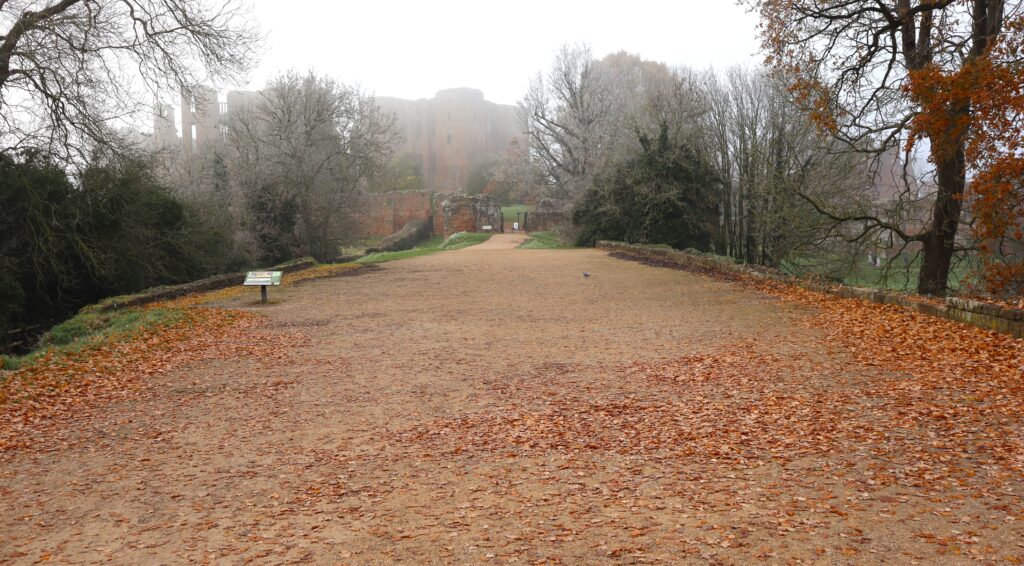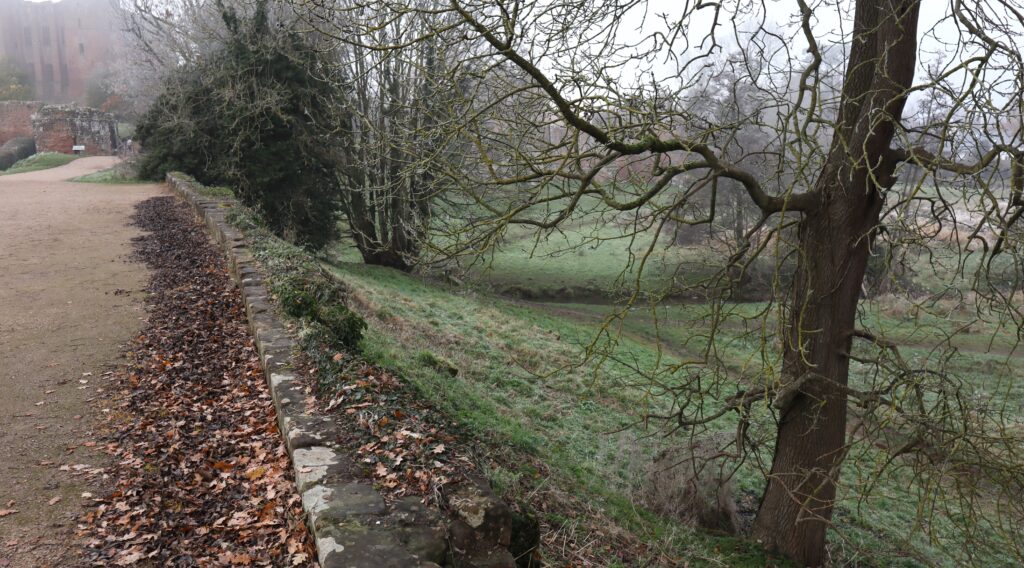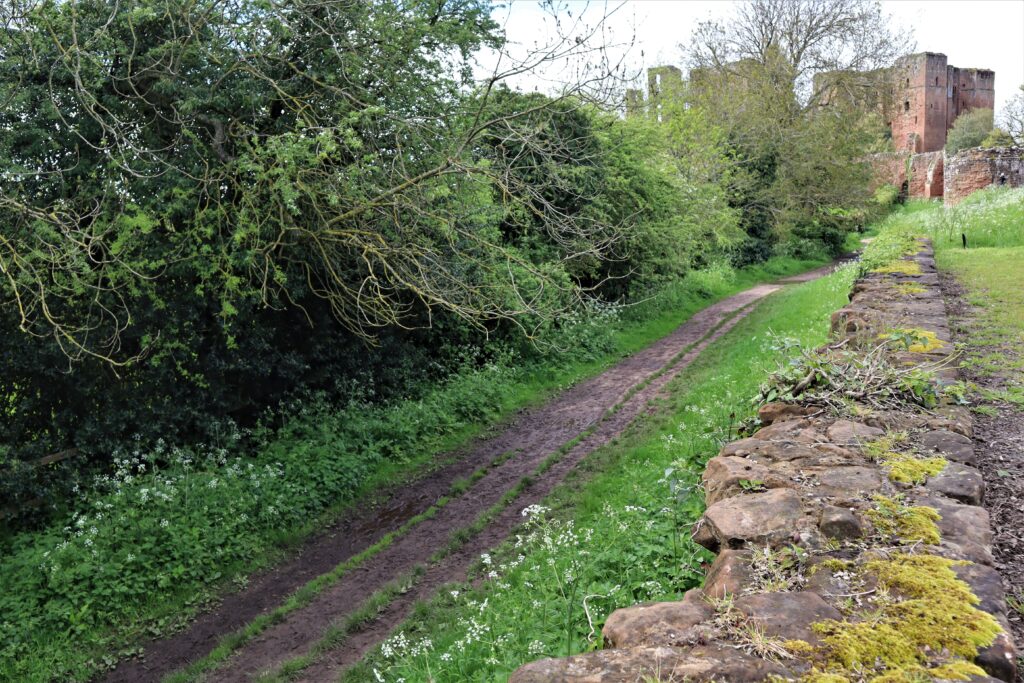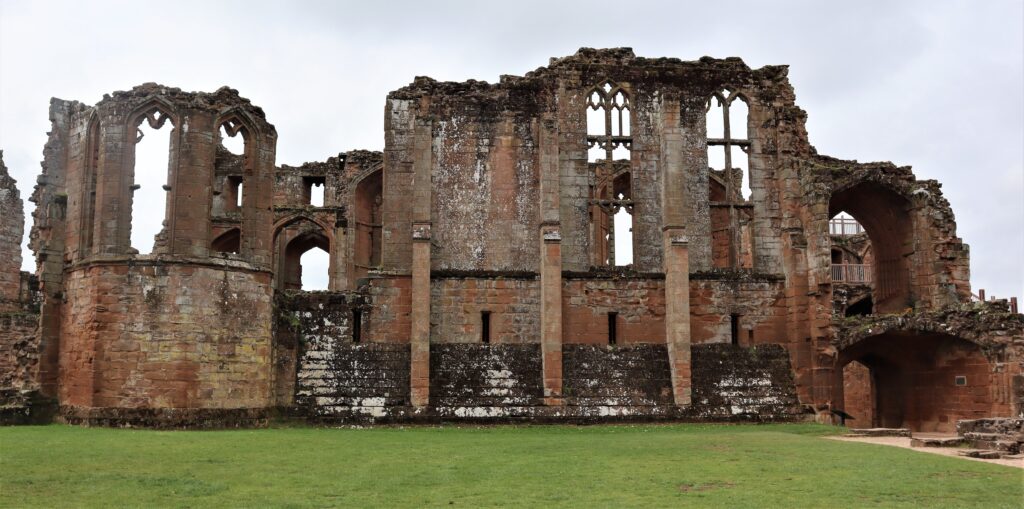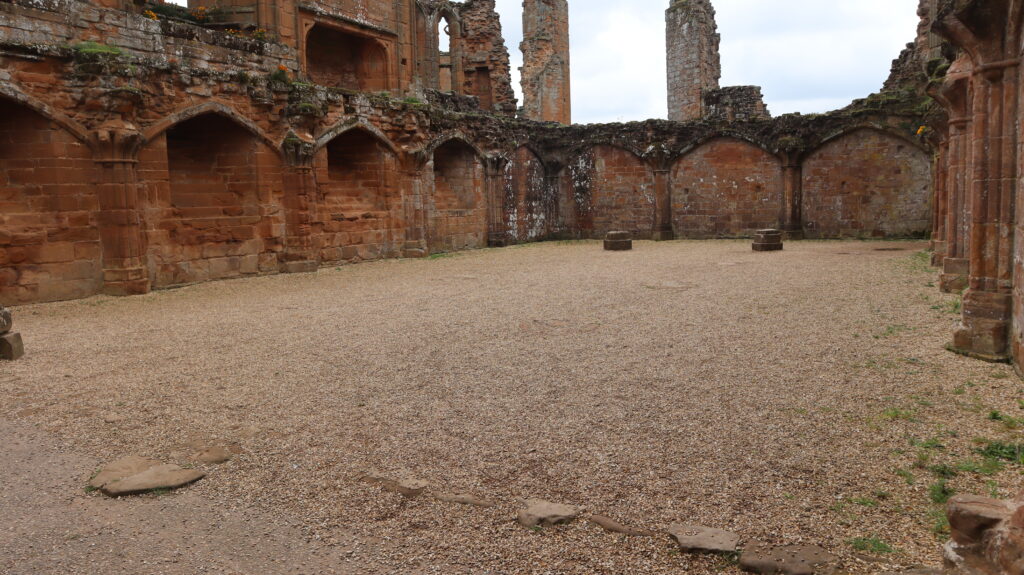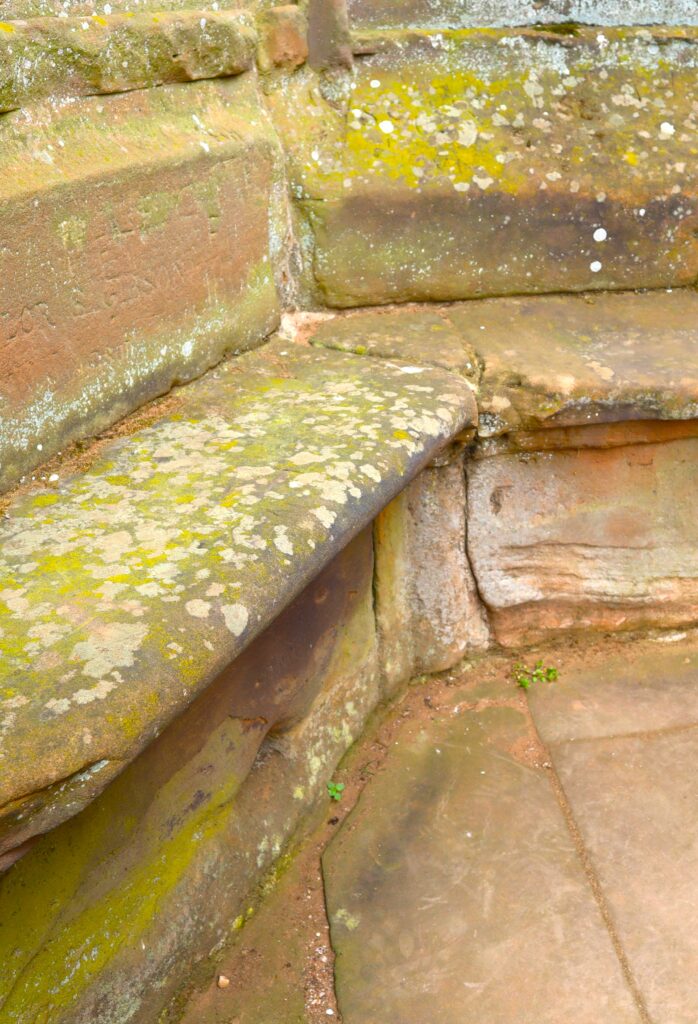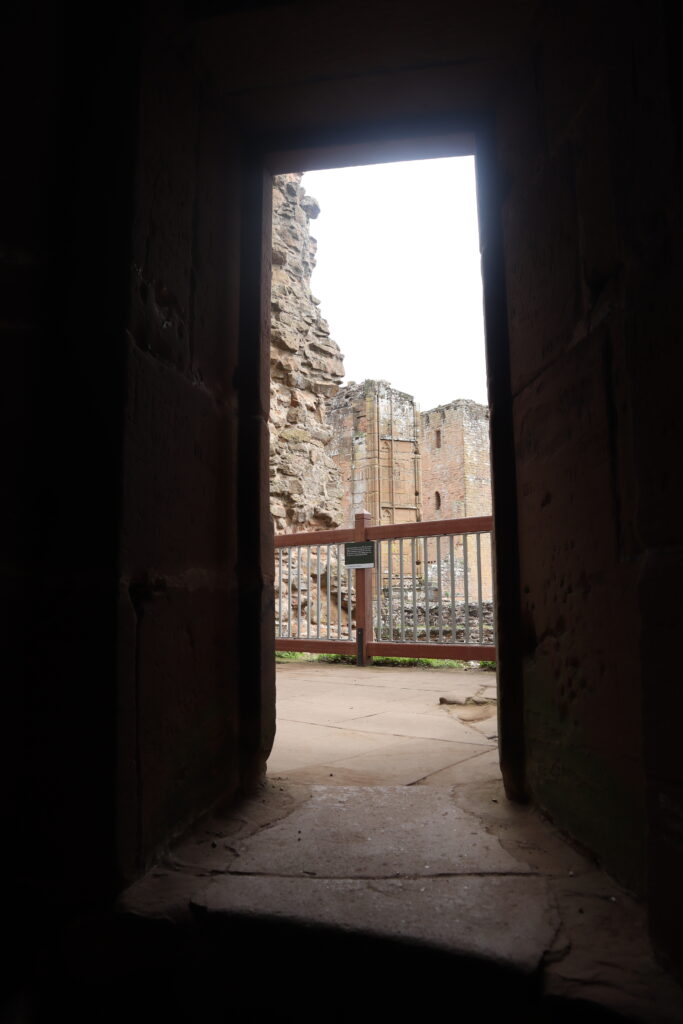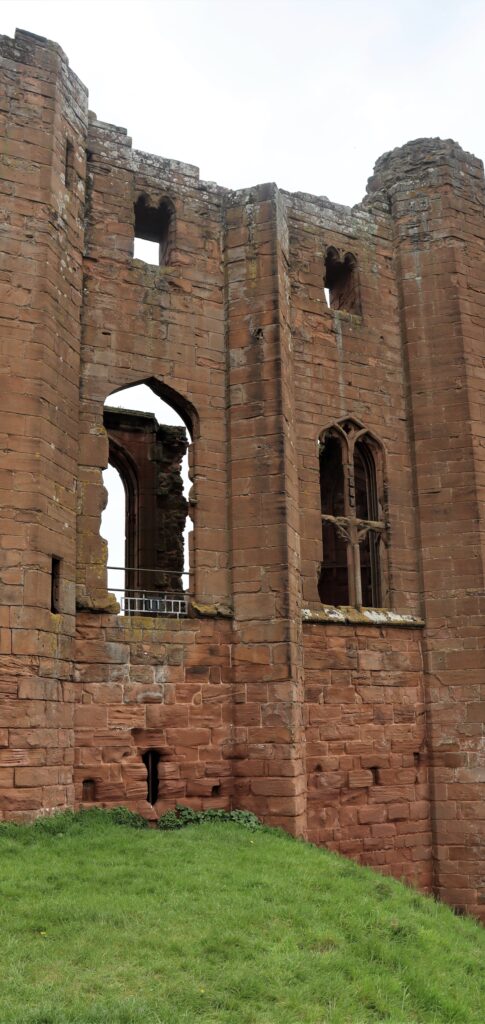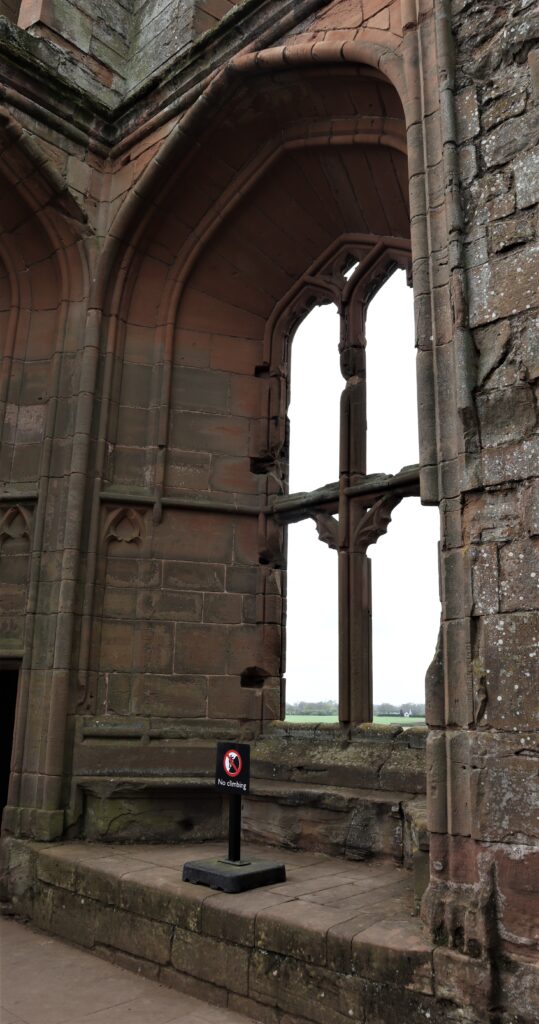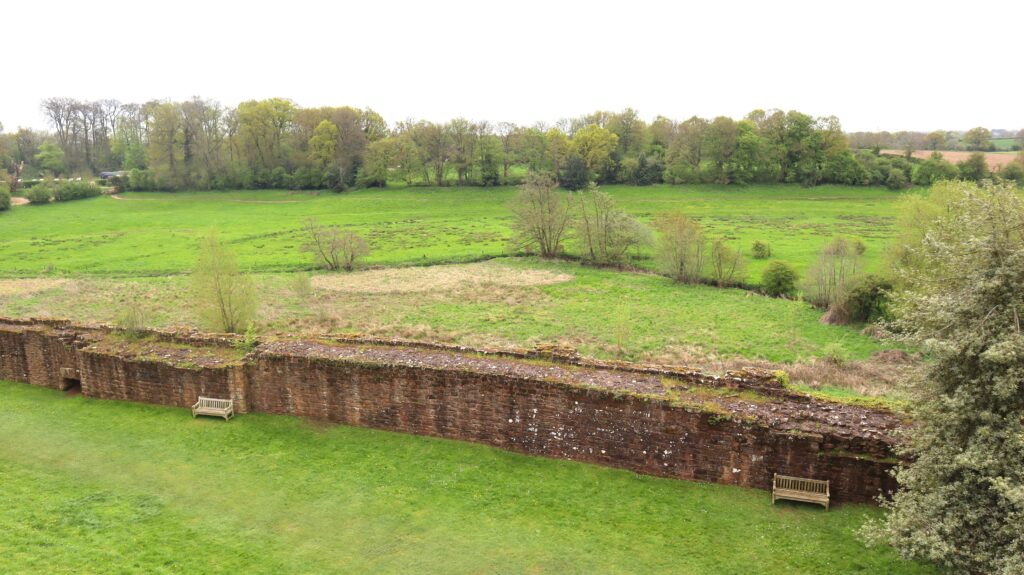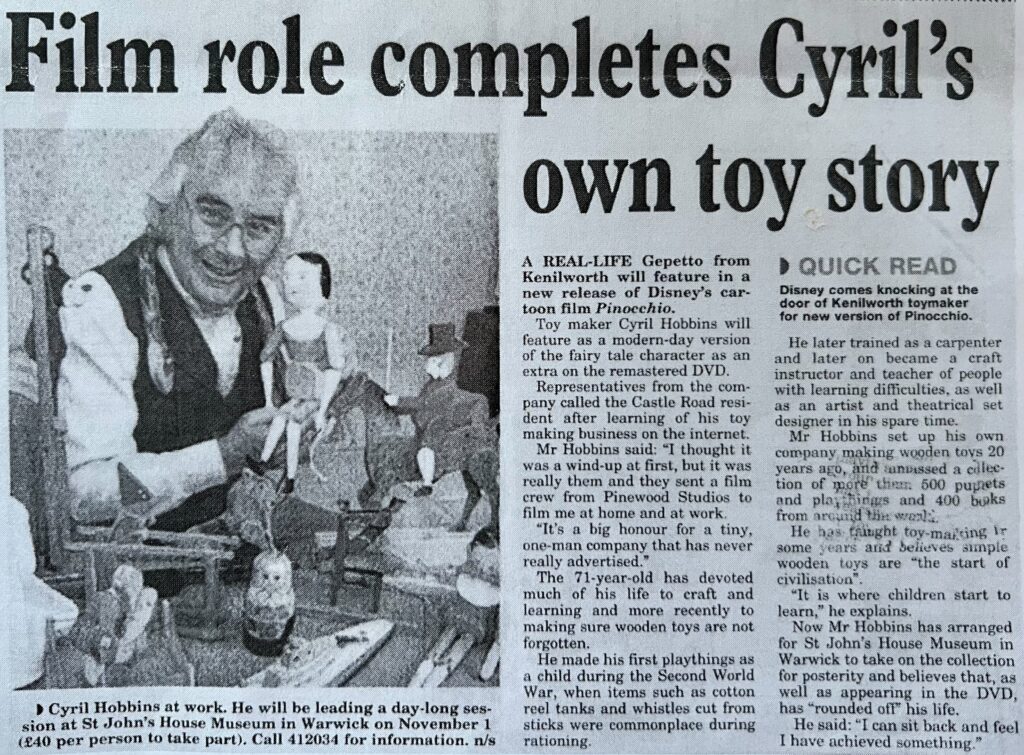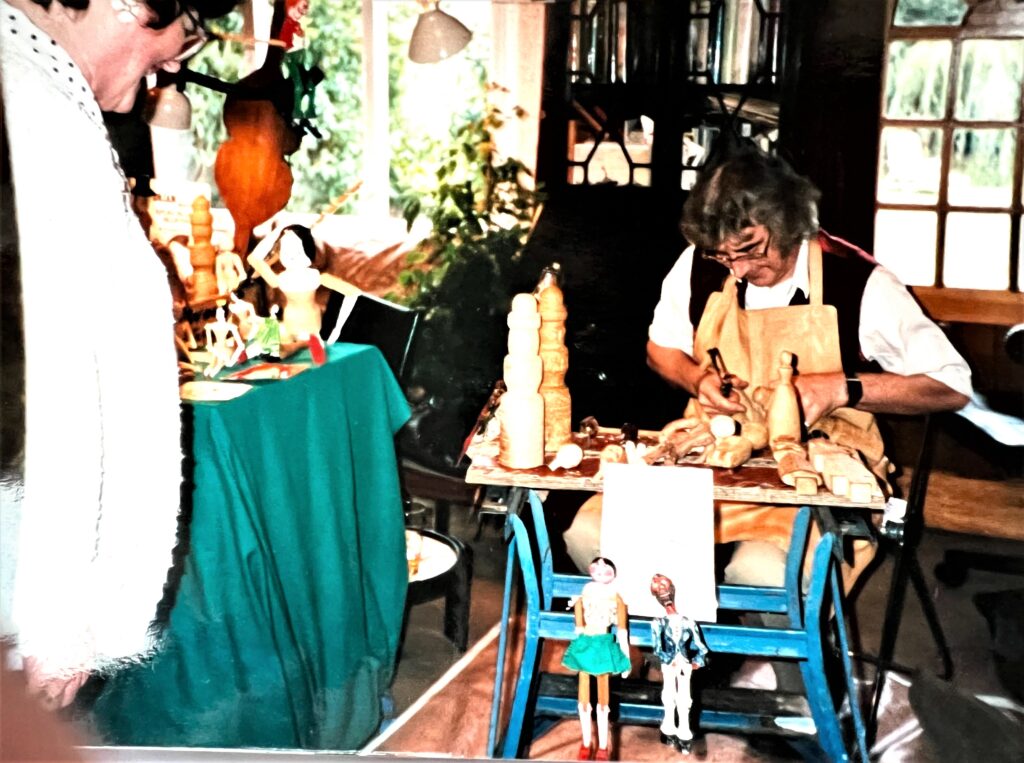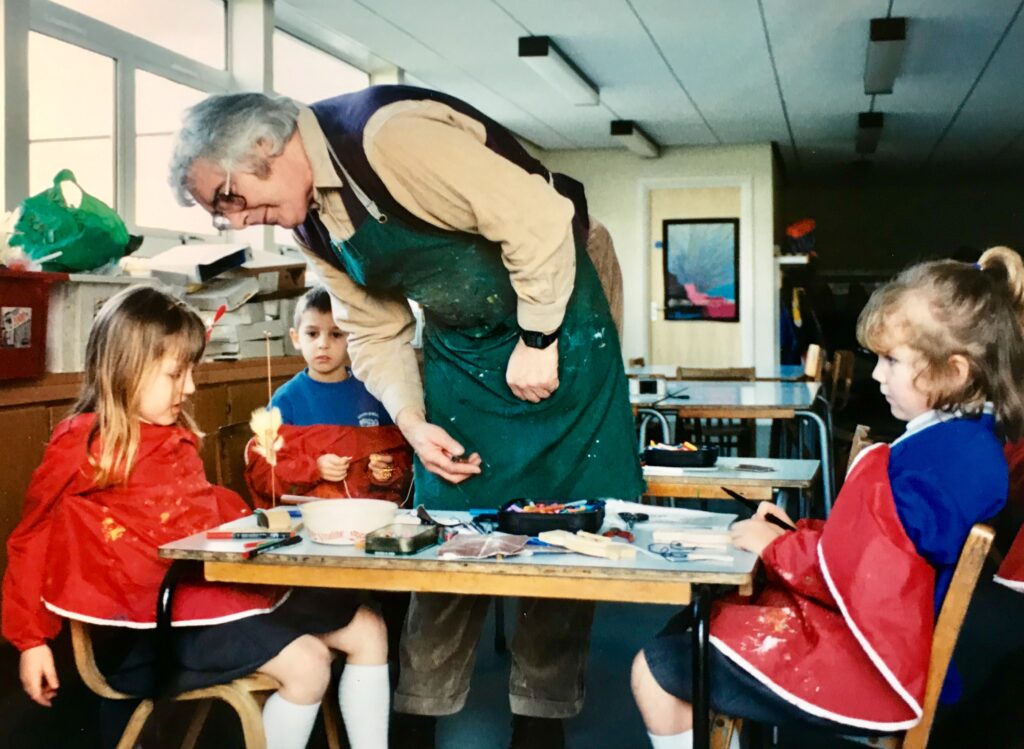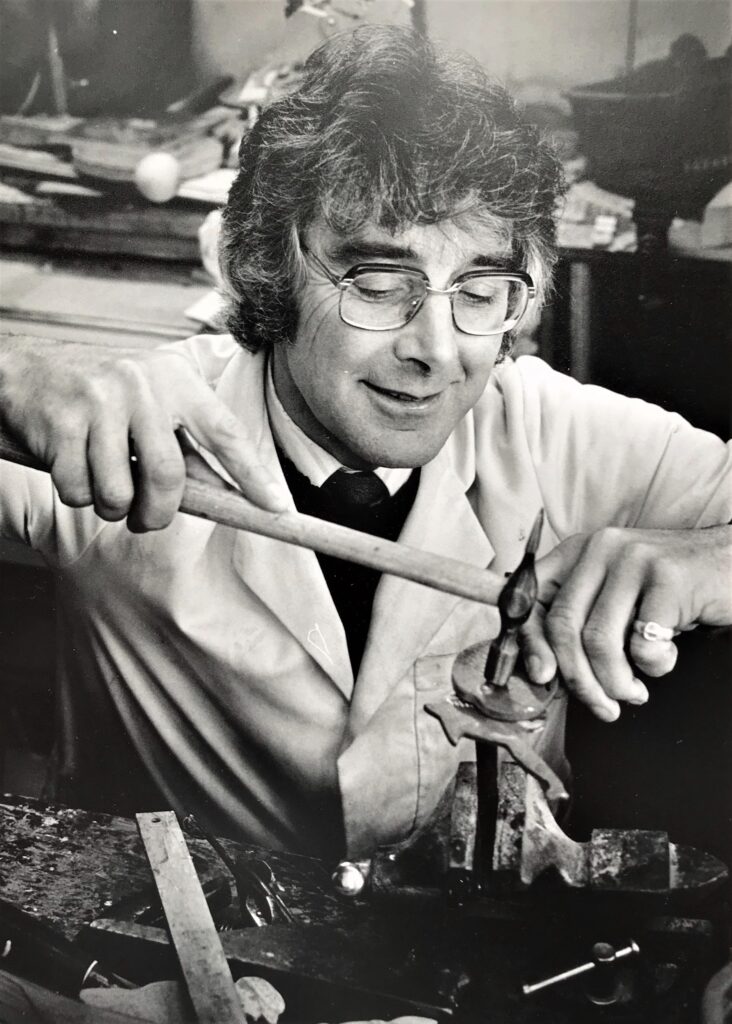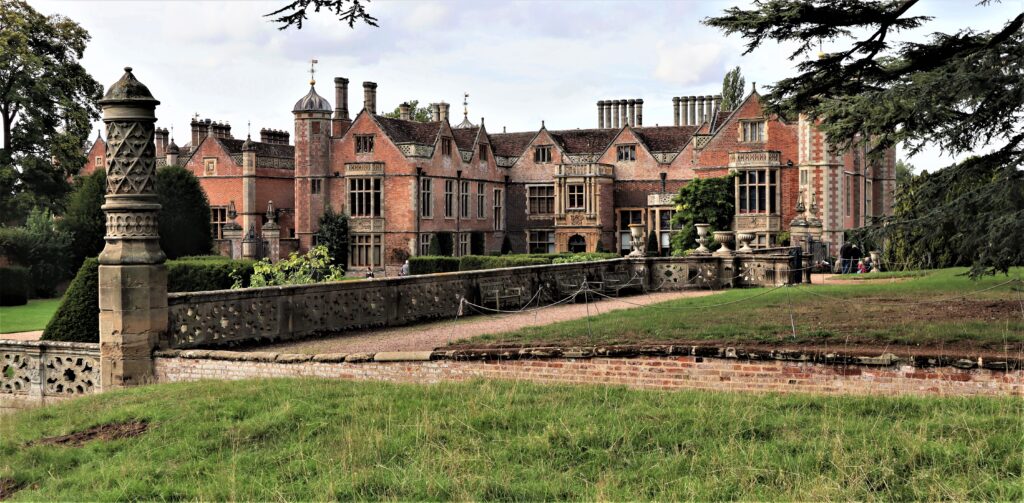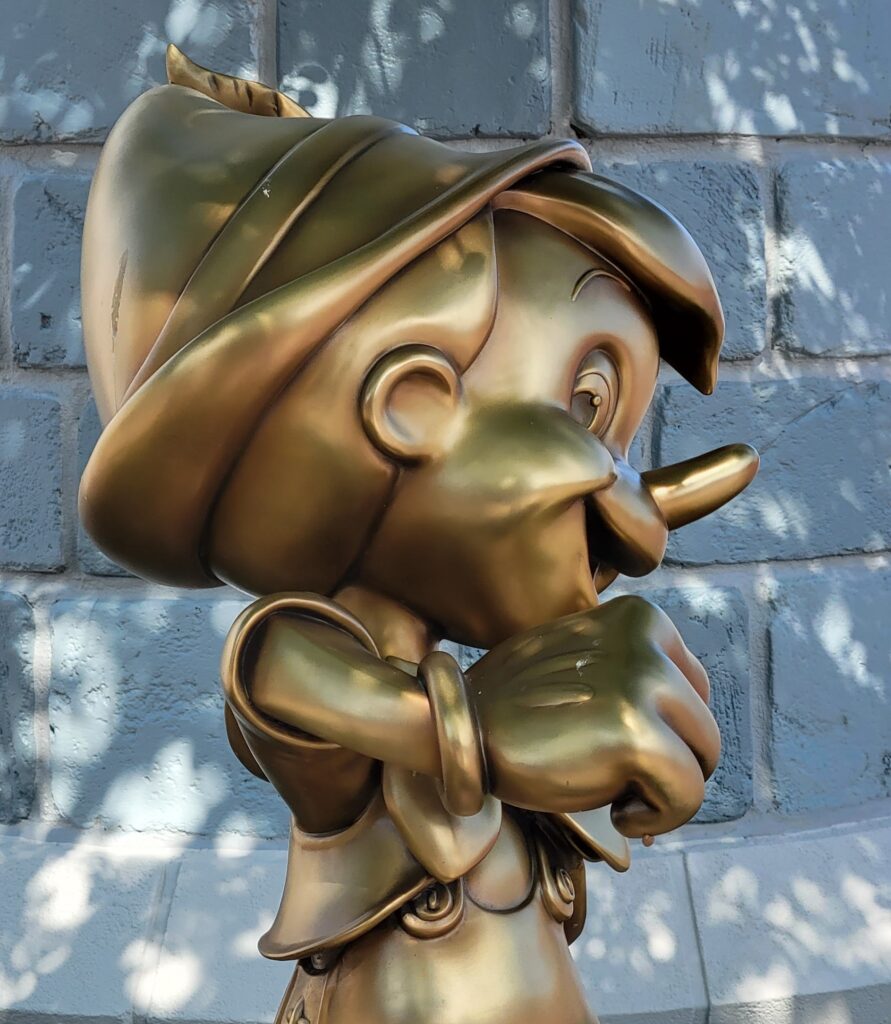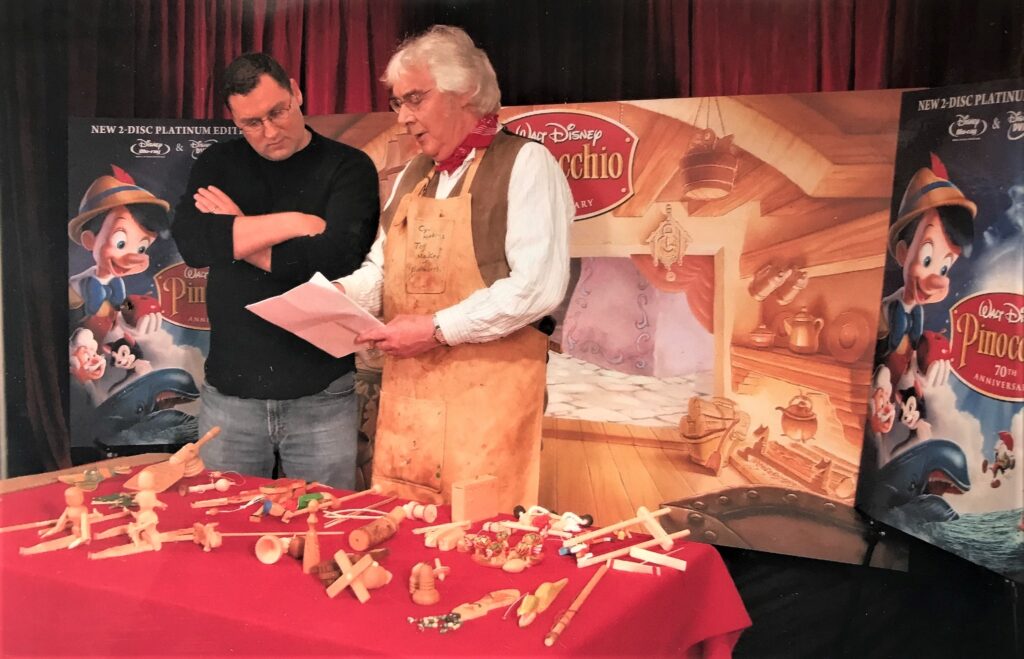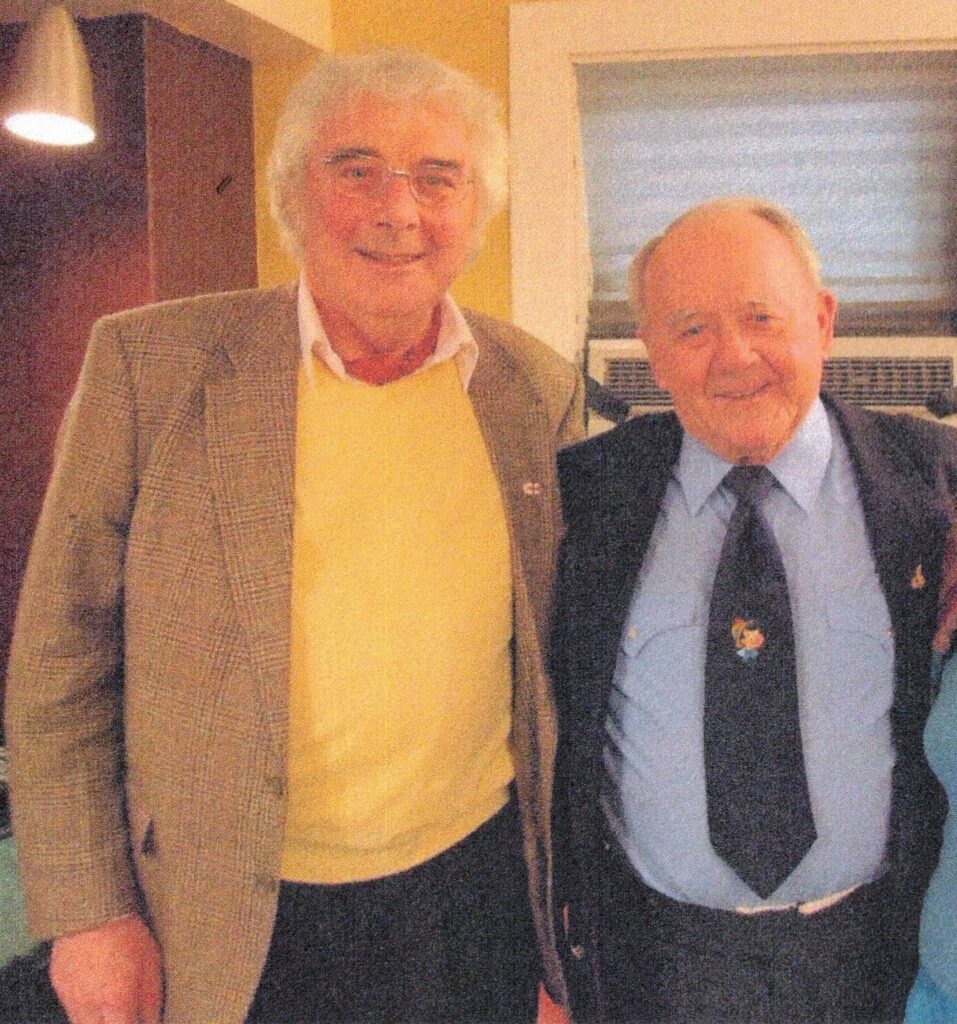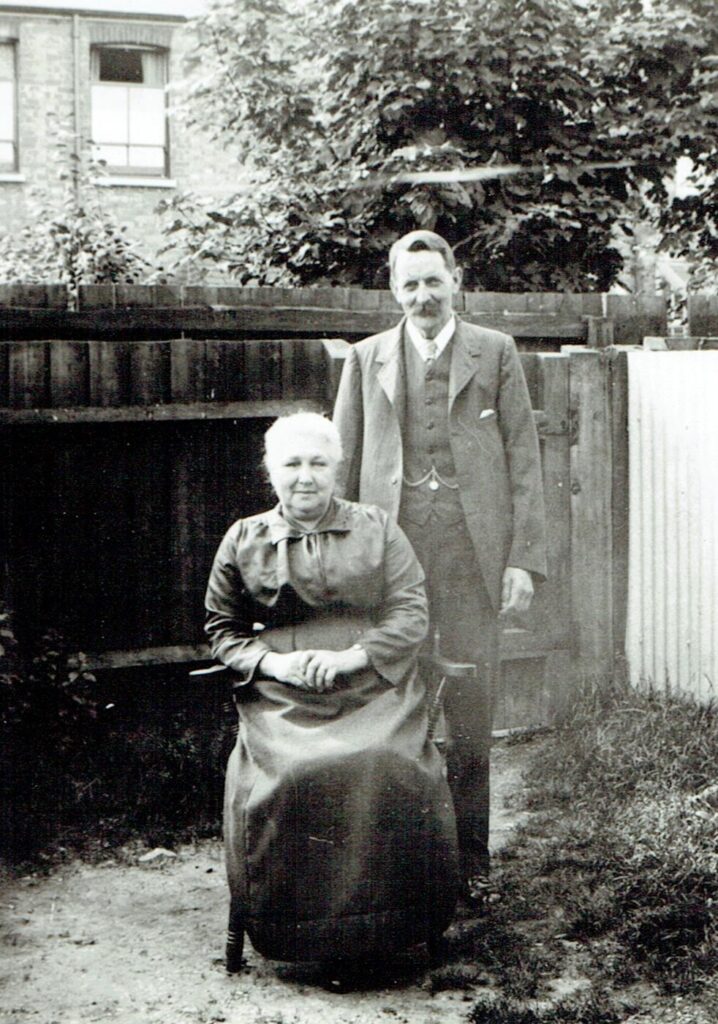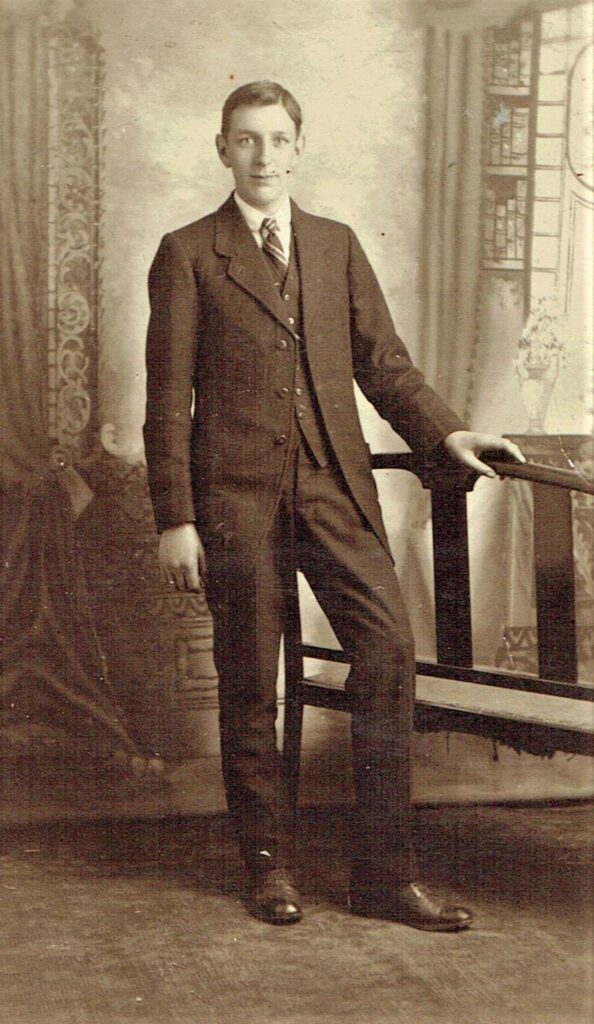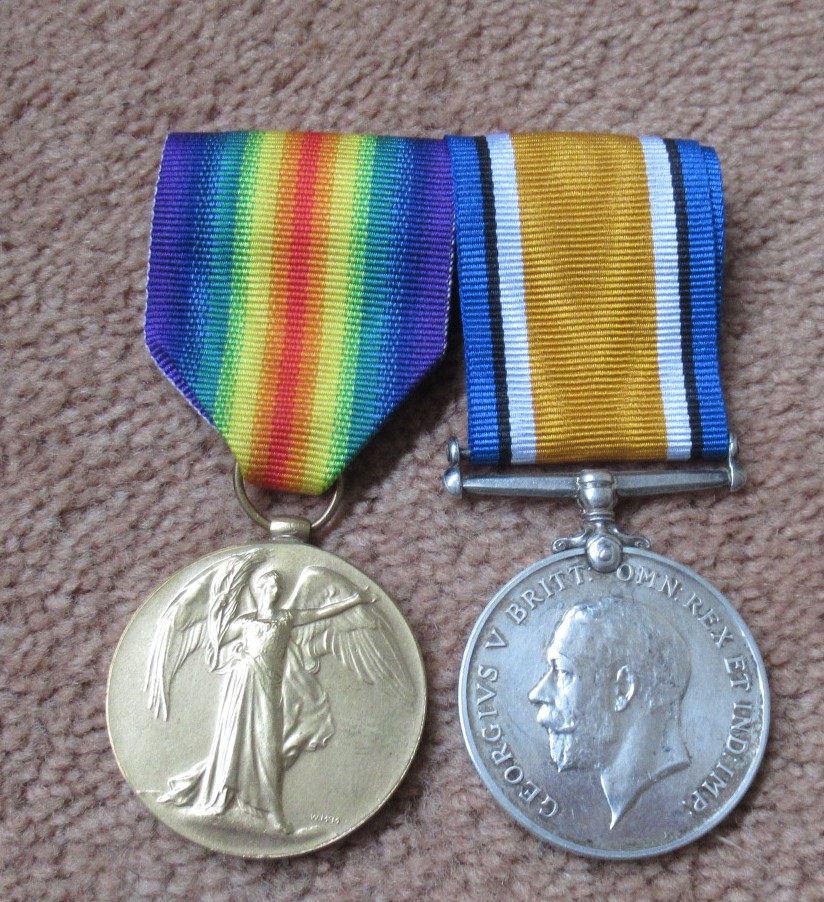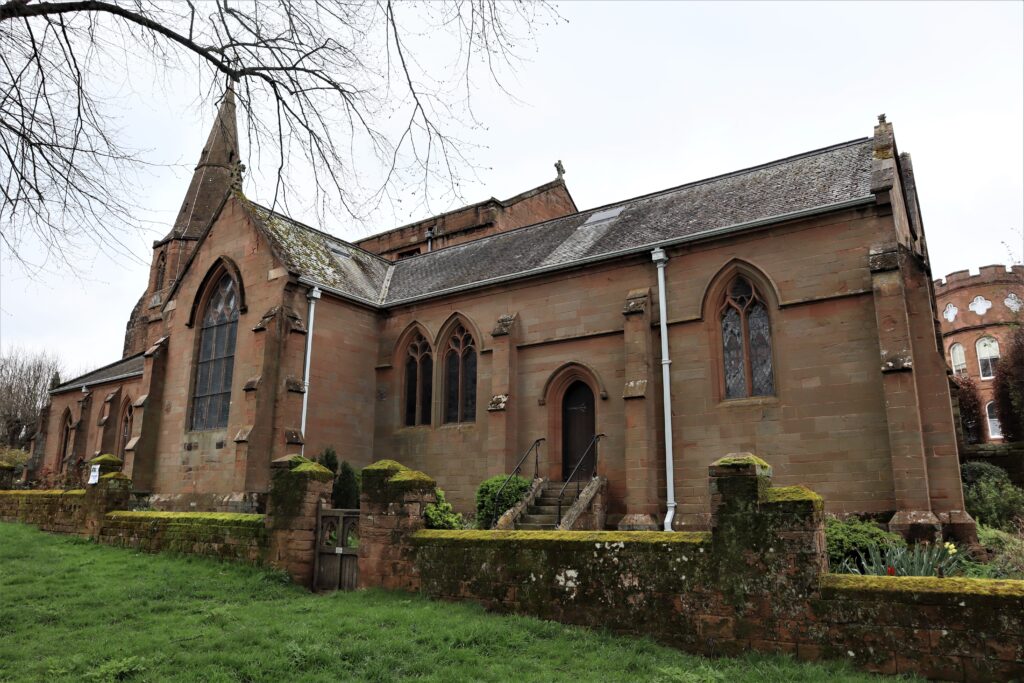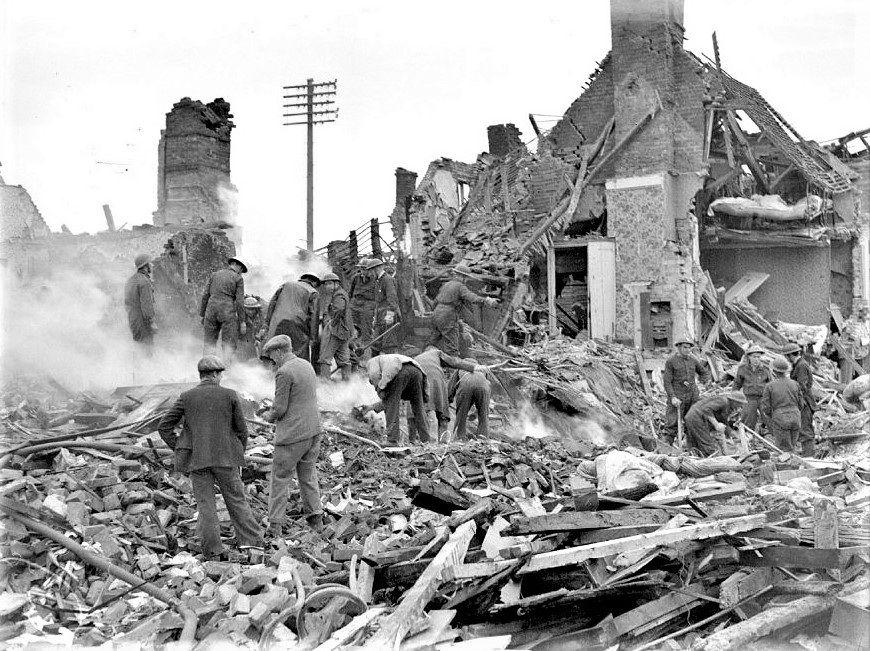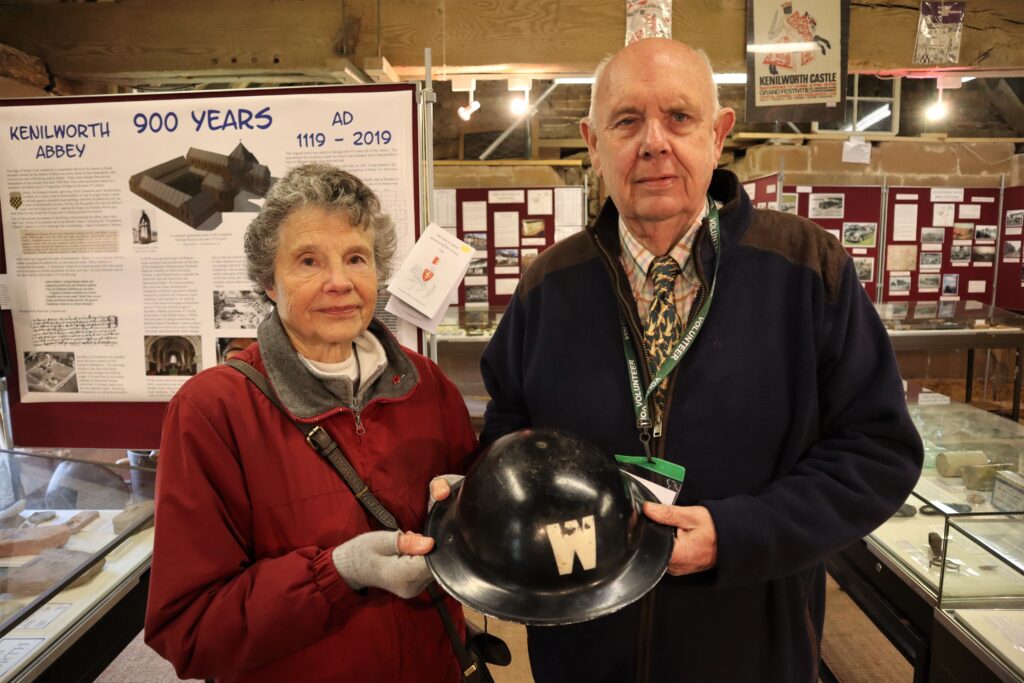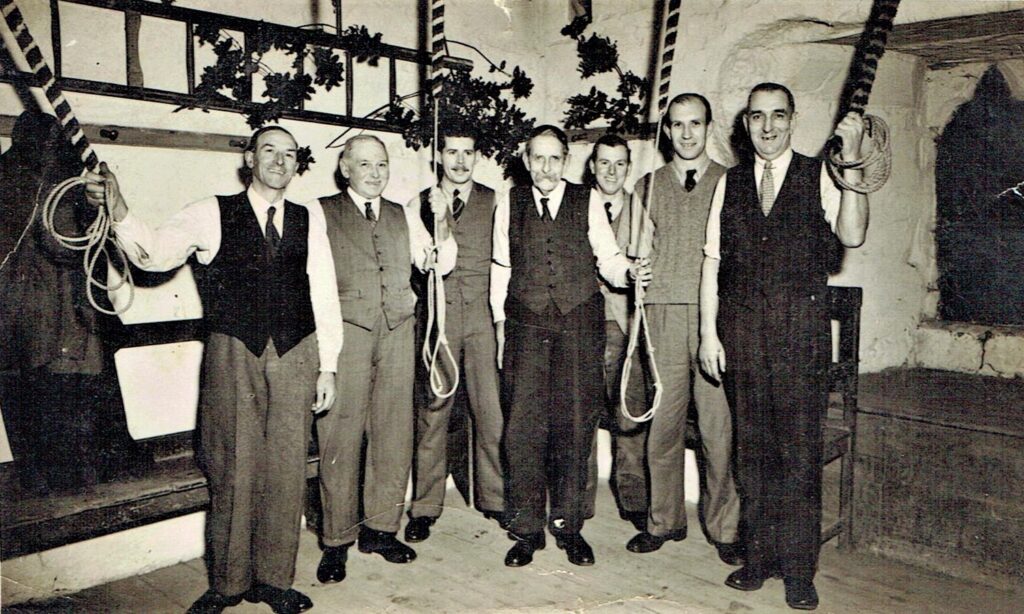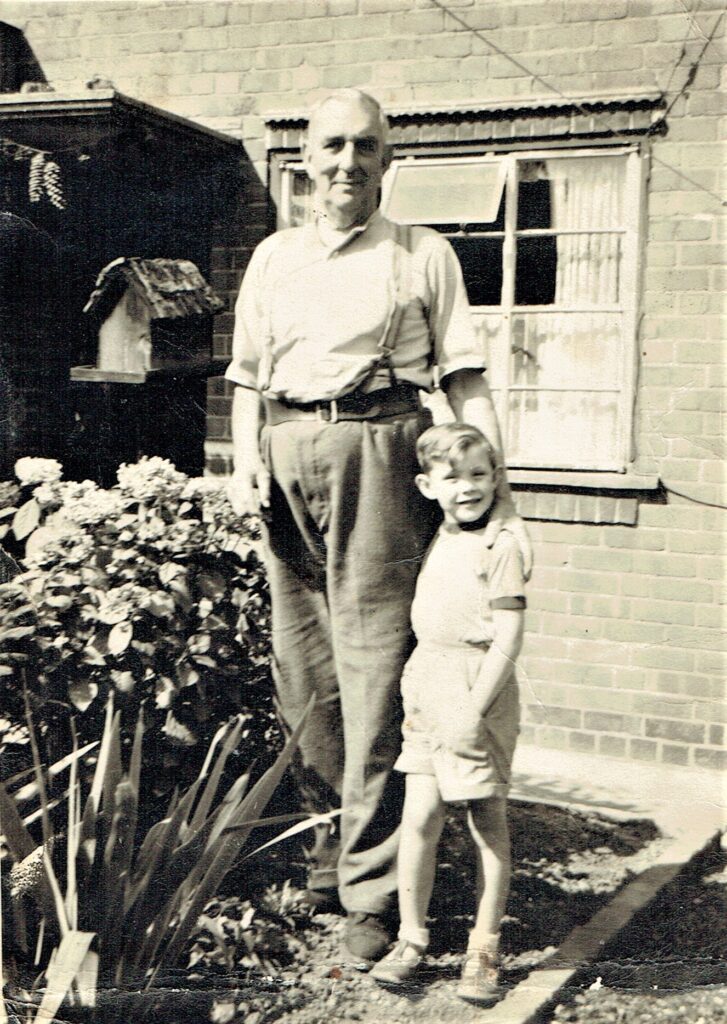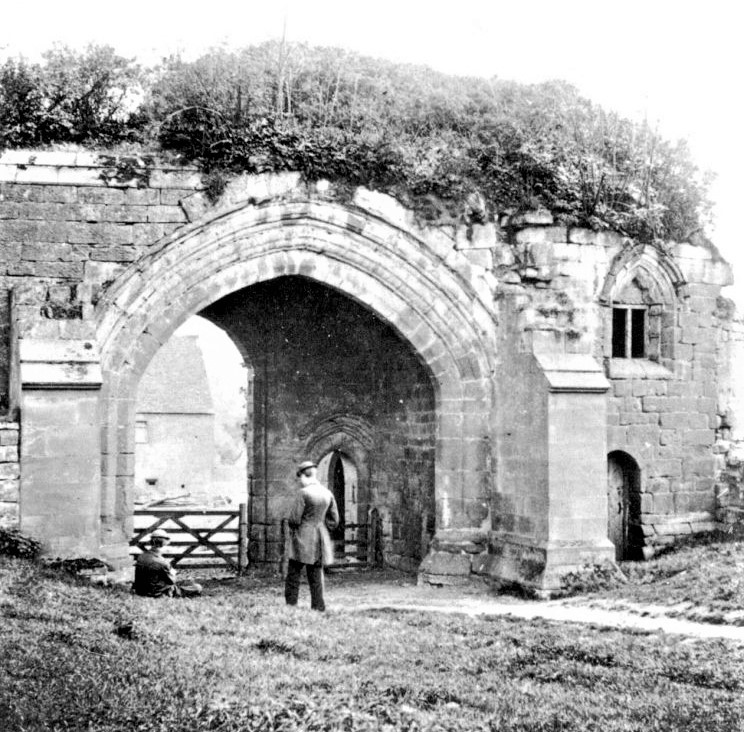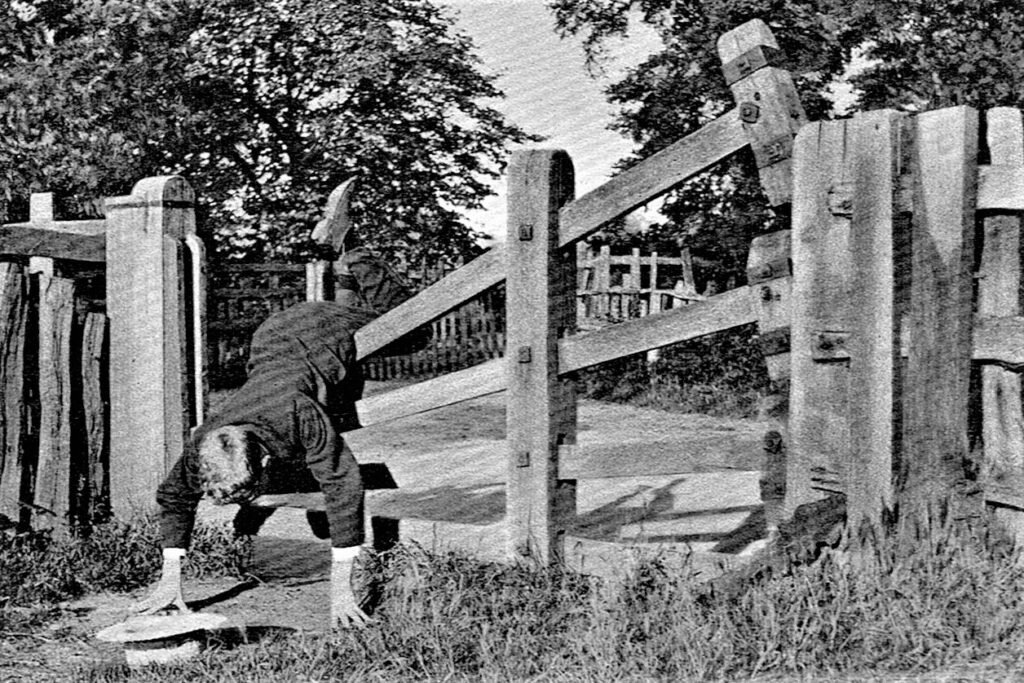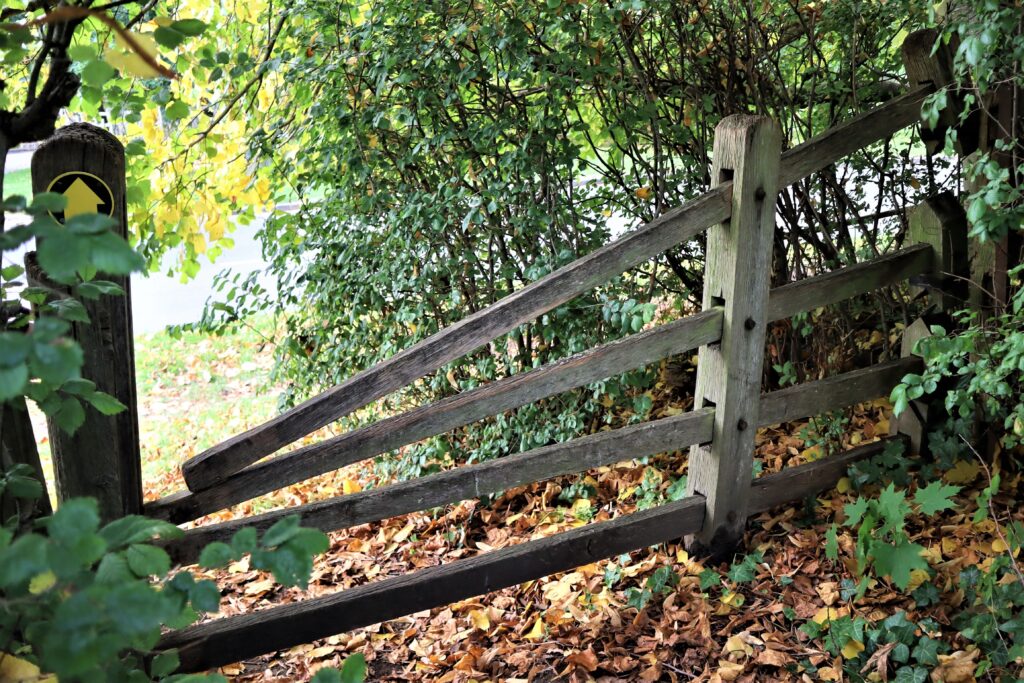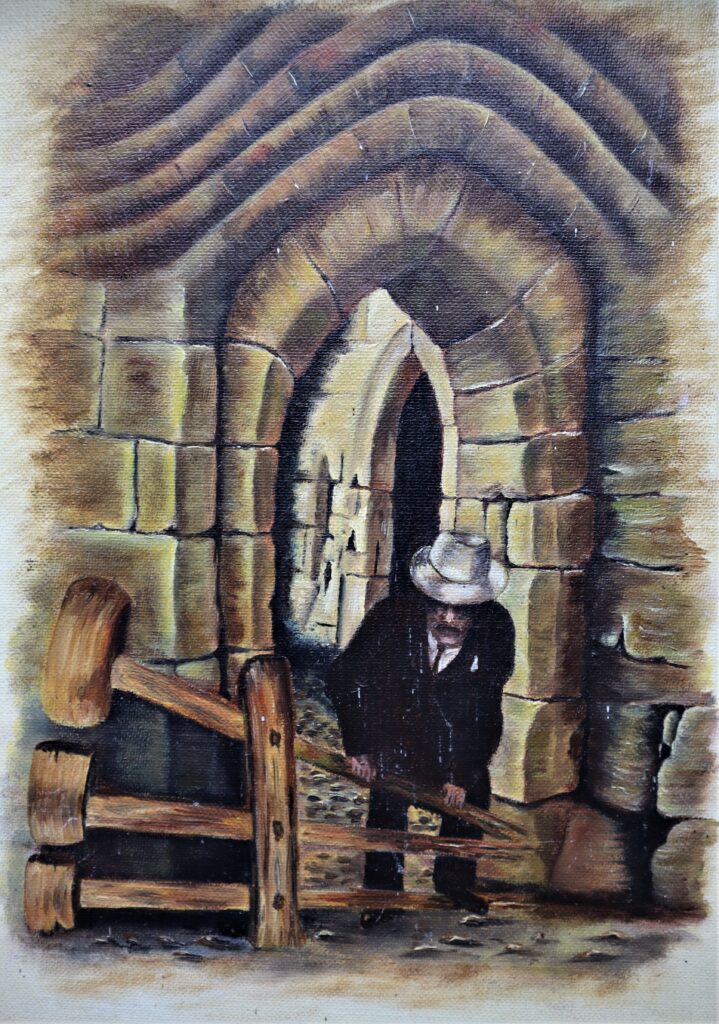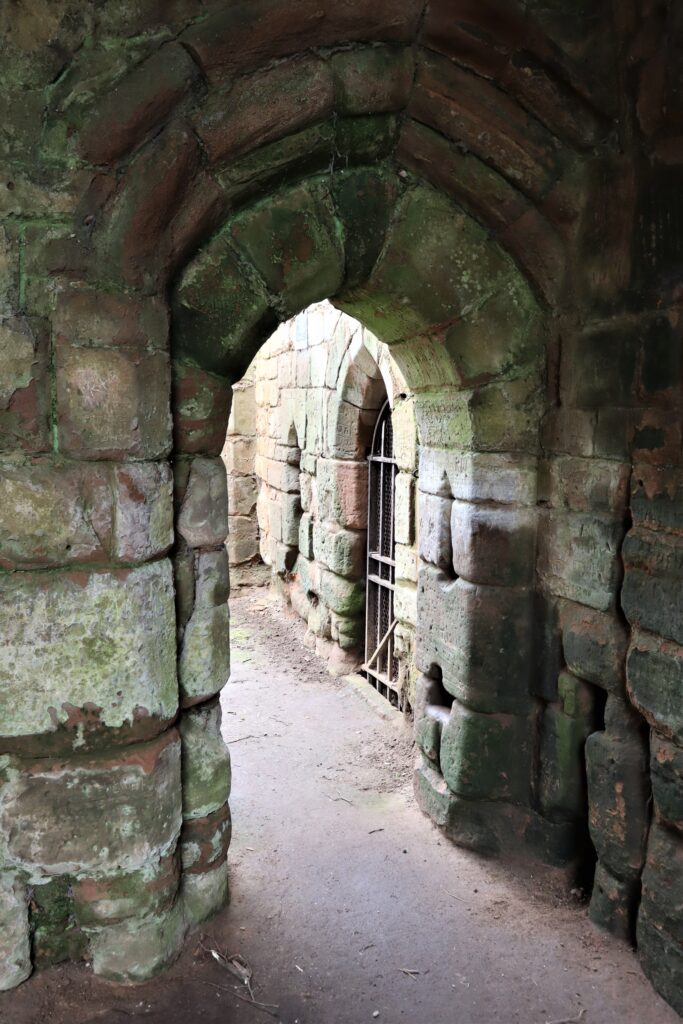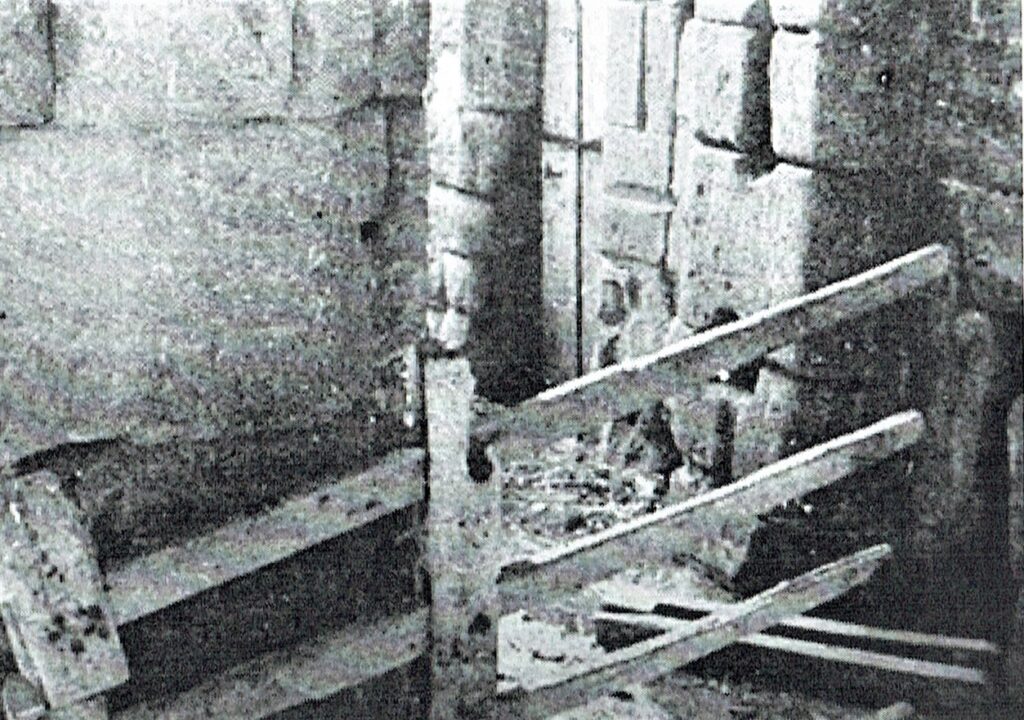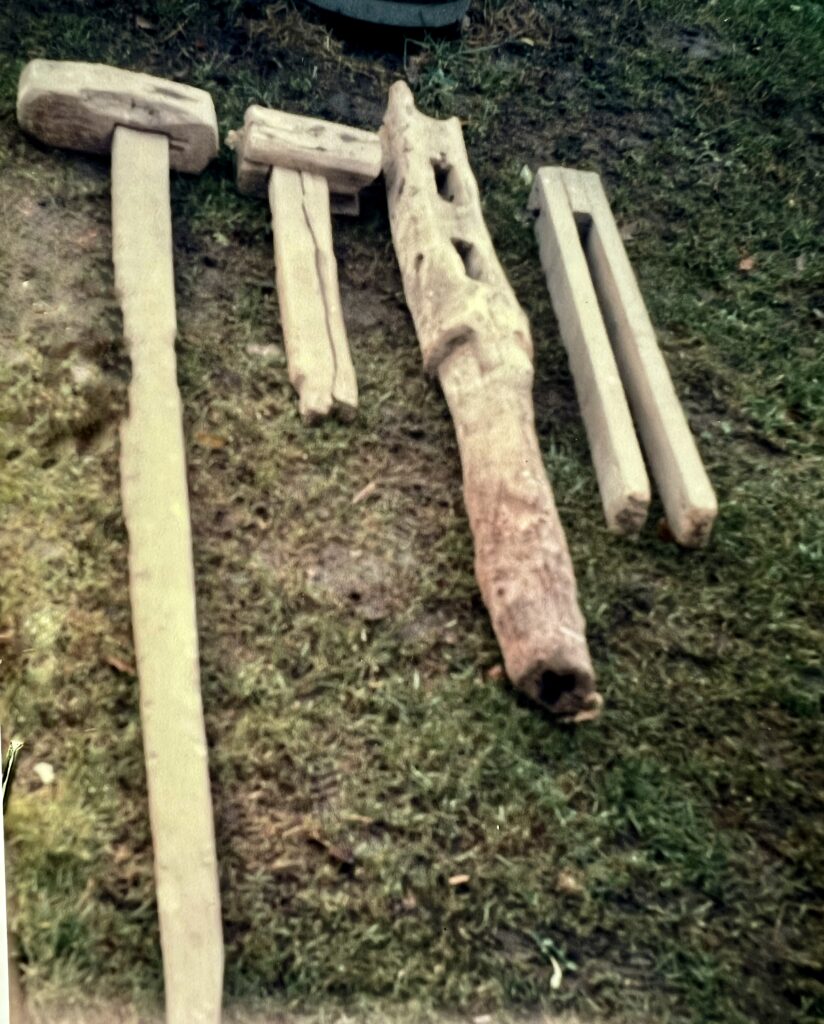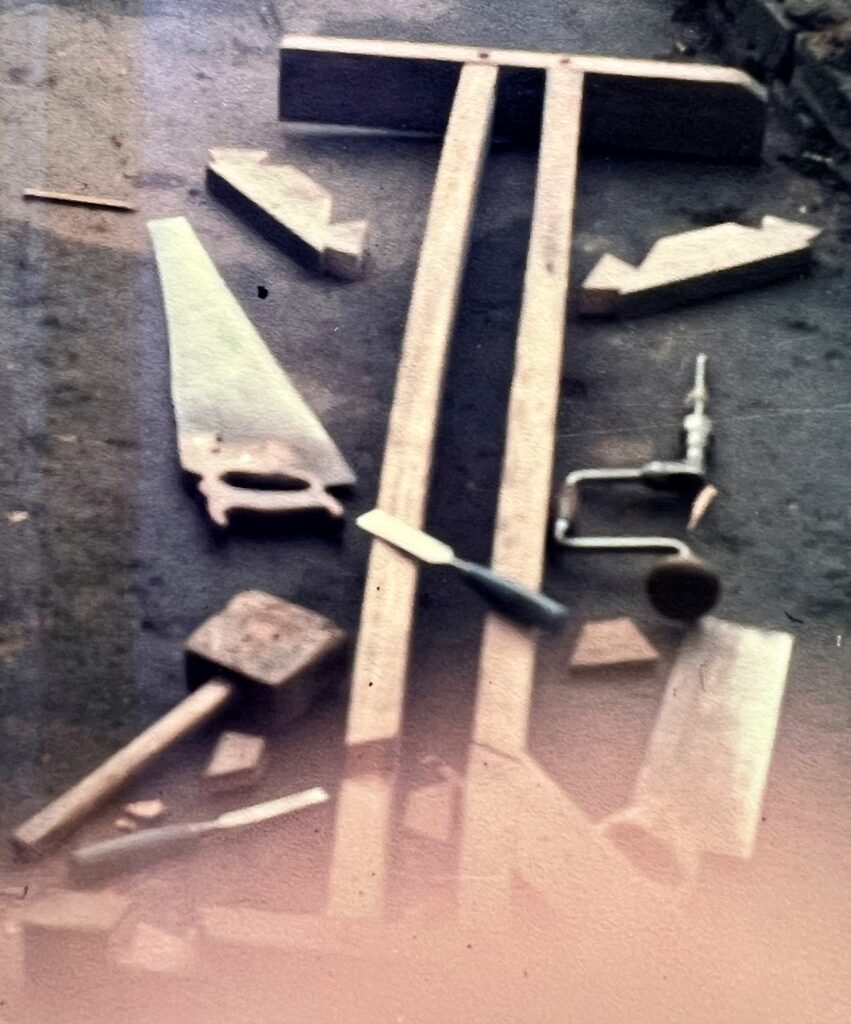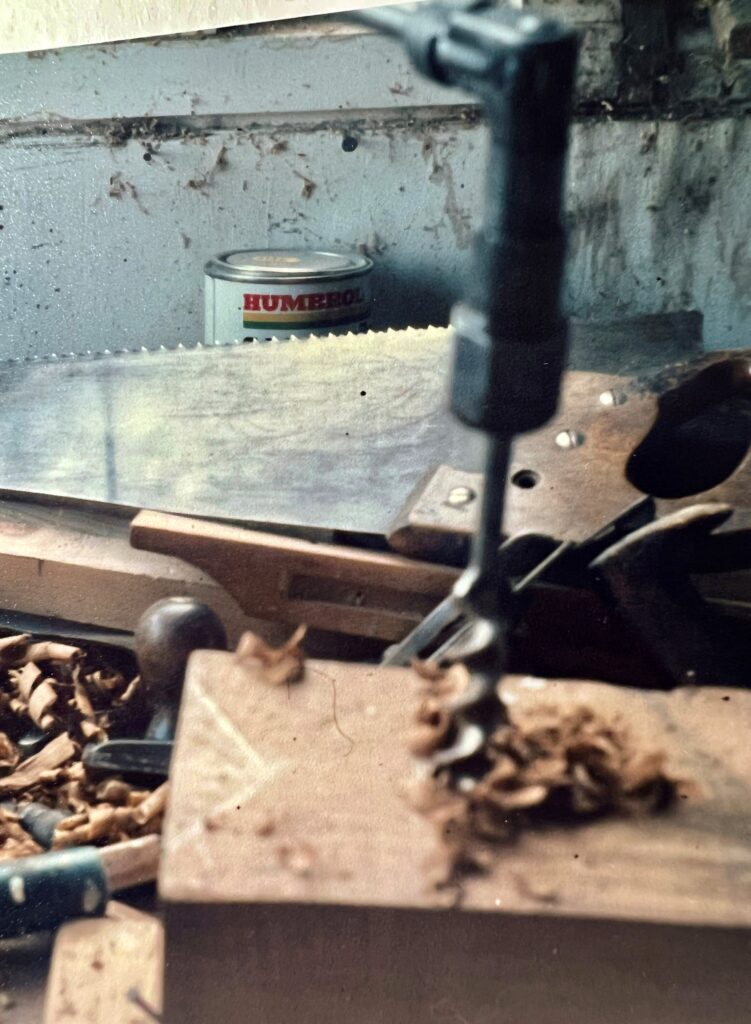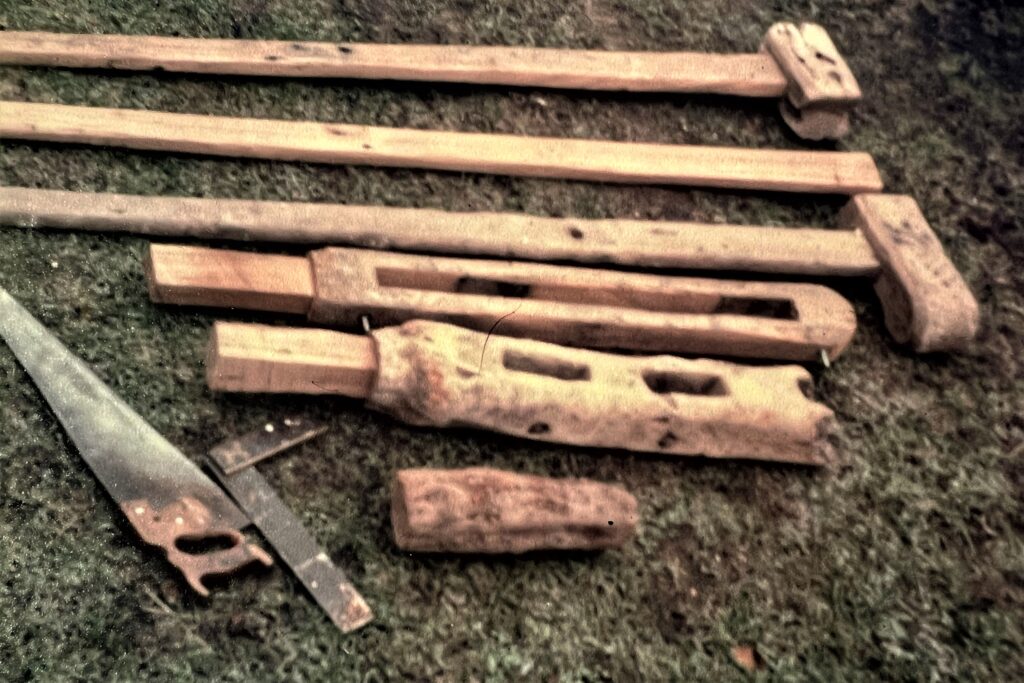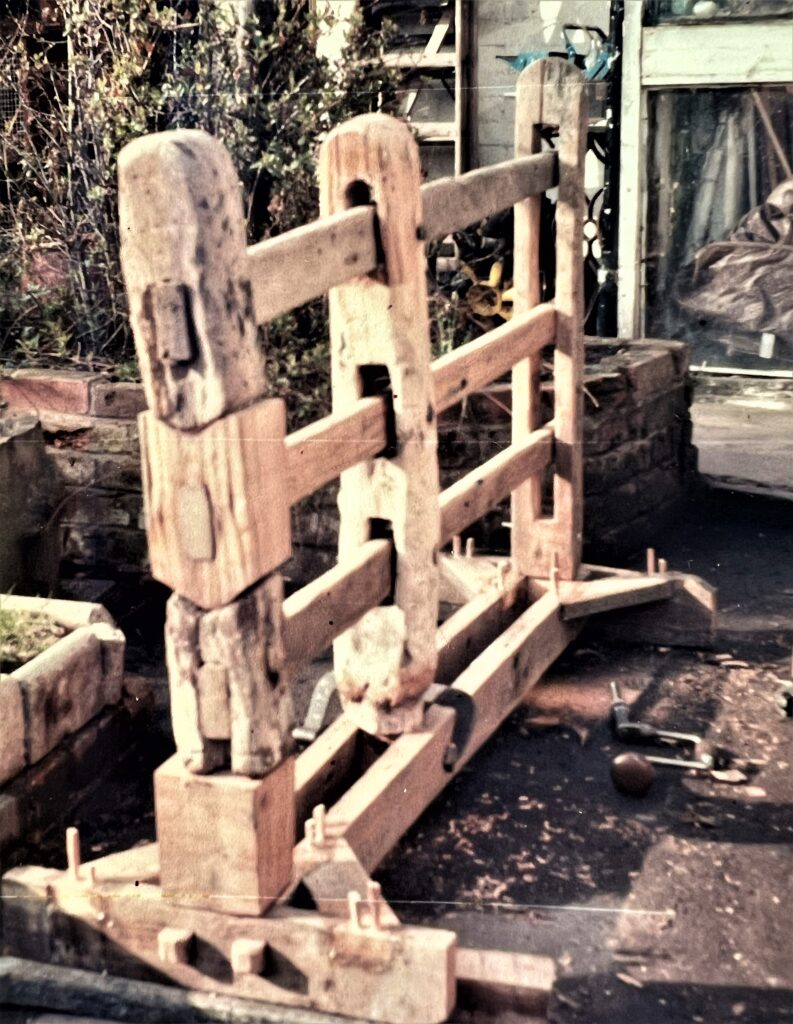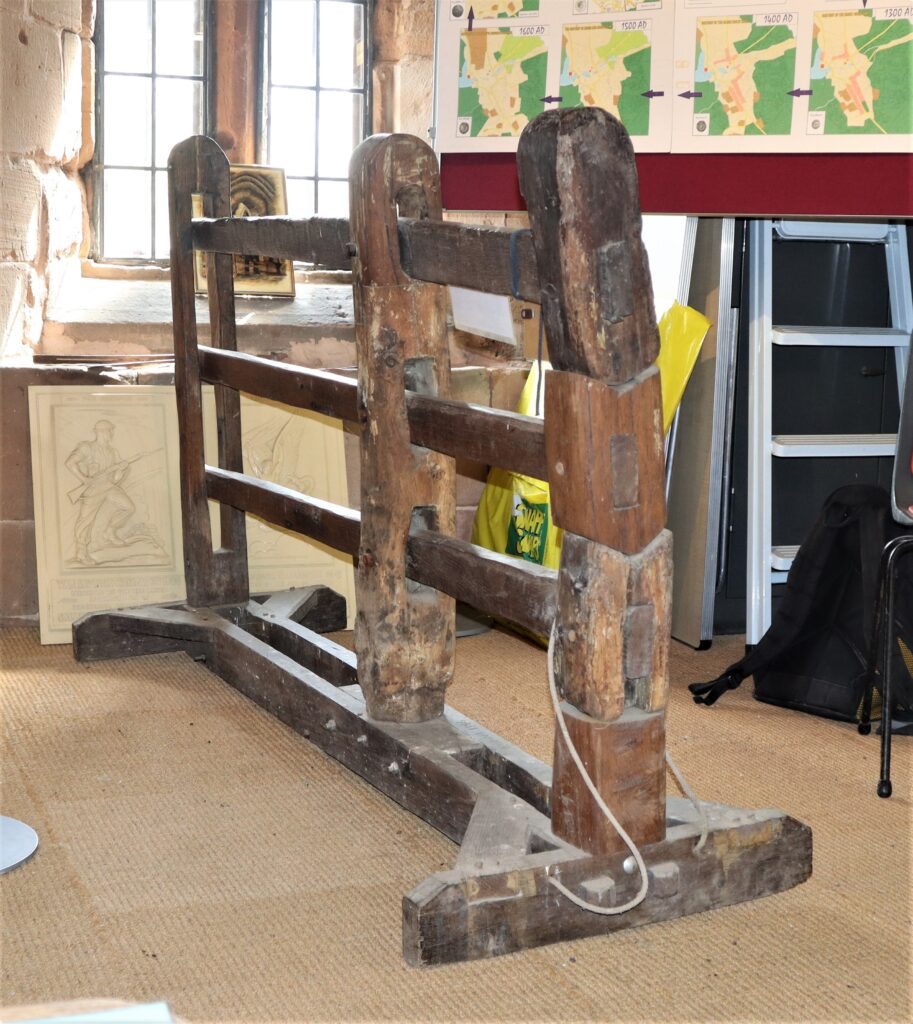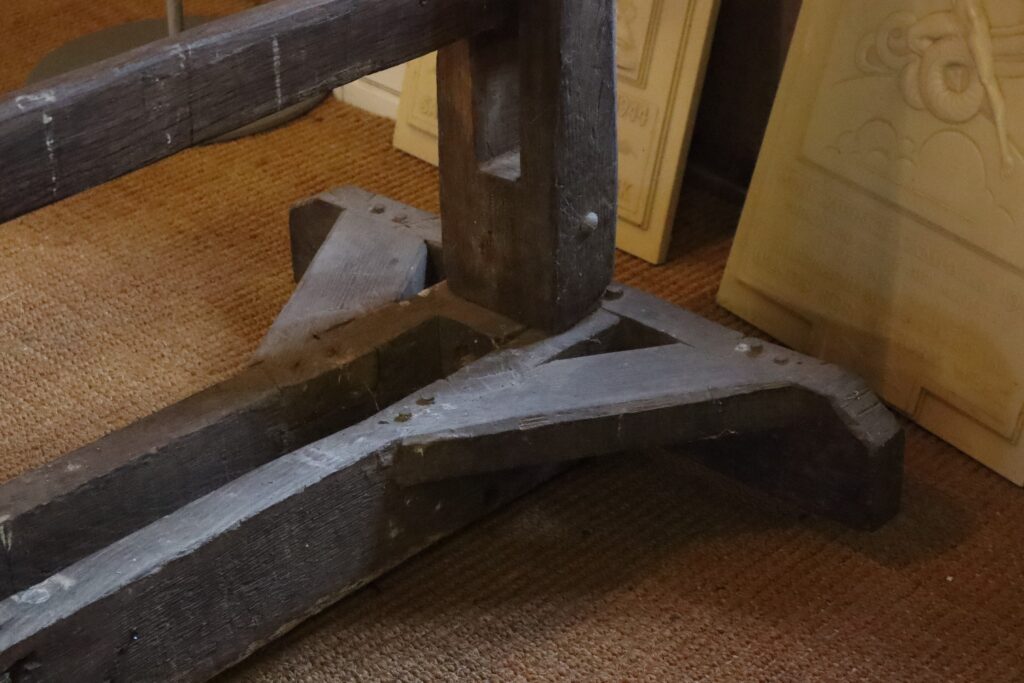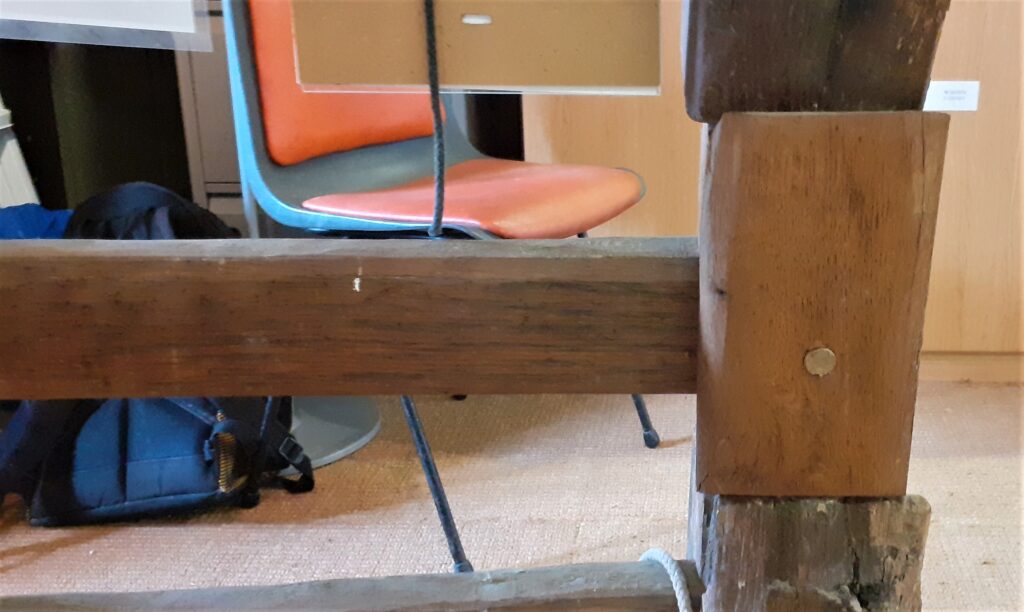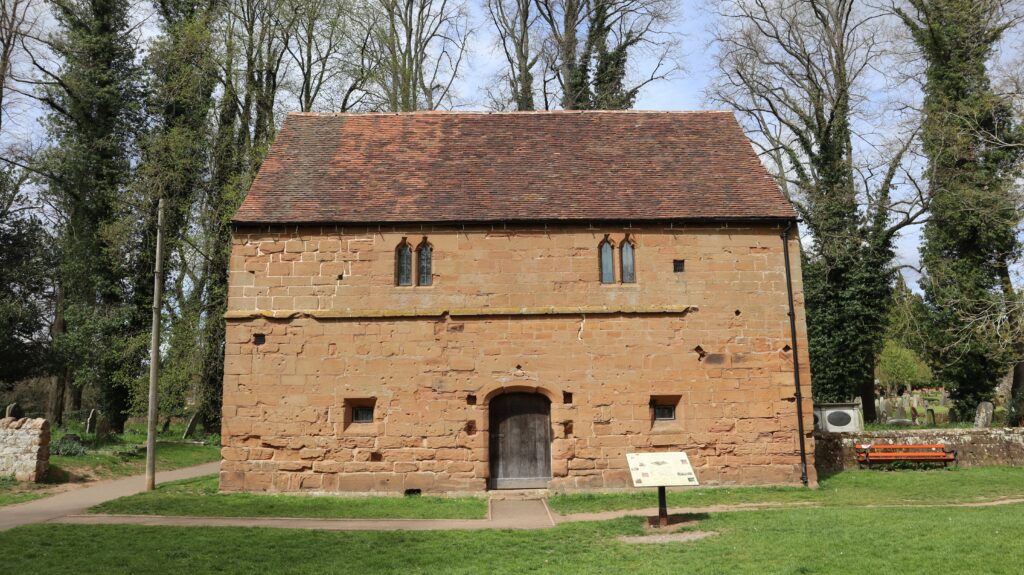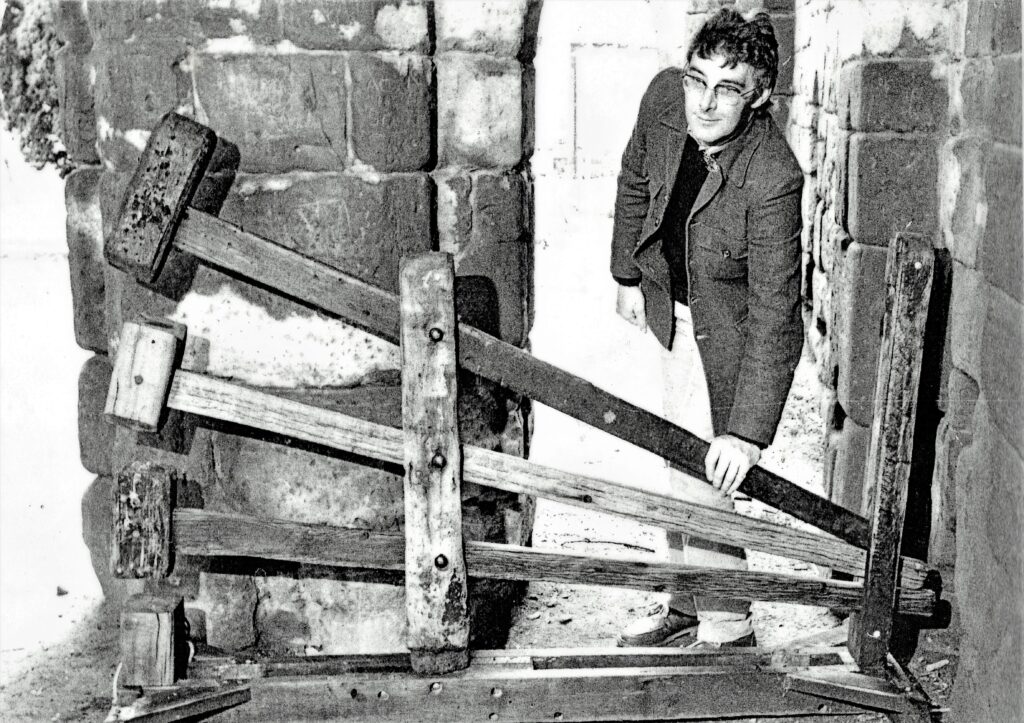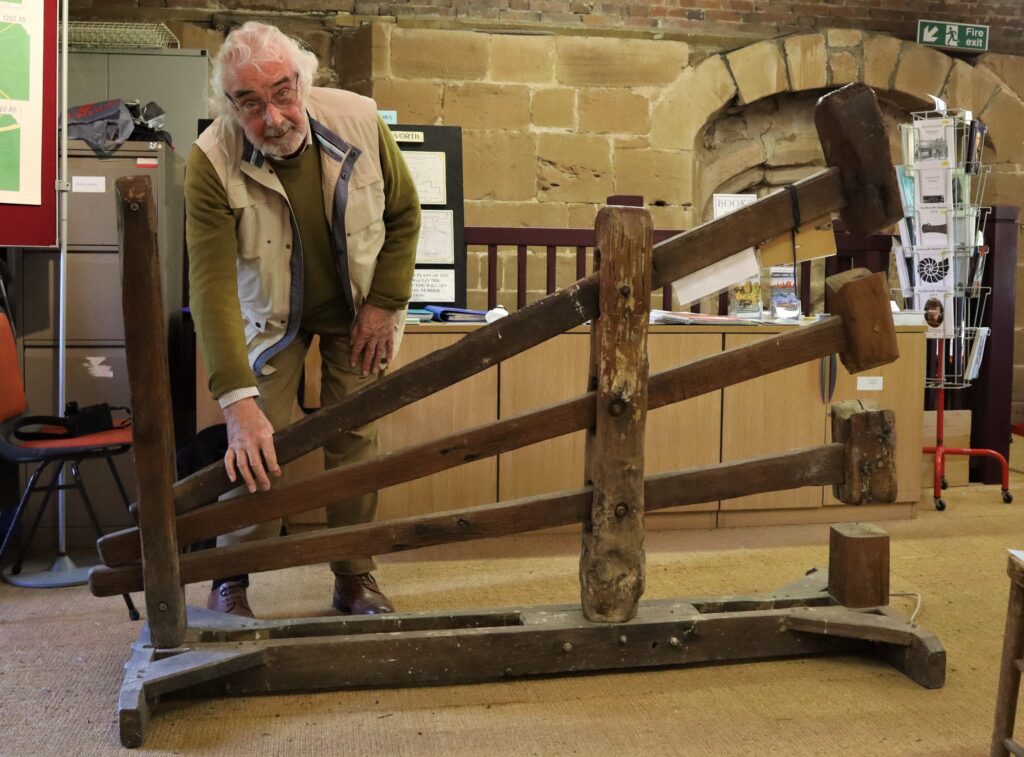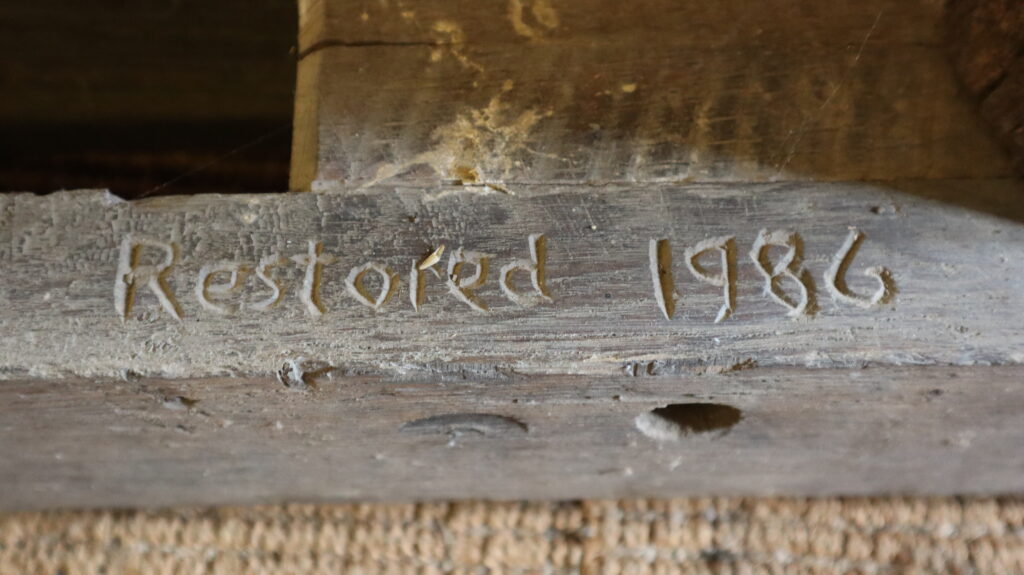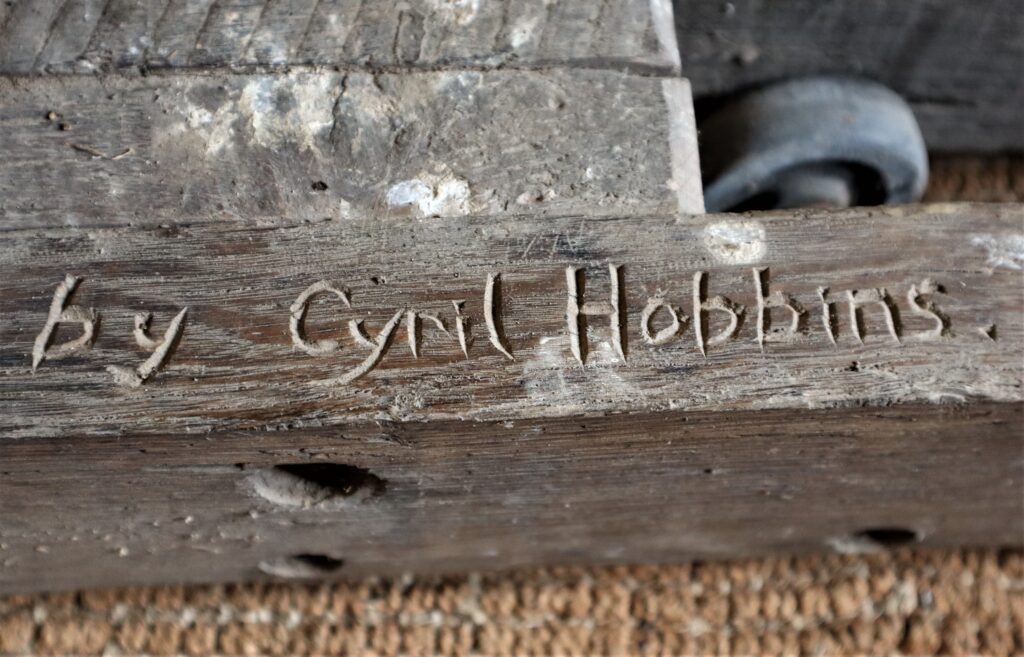I wish to reveal that I have a personal Time Machine. With it, I can close my eyes and be transported back in just a few minutes, to the early to mid 1950s.
Right at the very start of the Rock ‘n’ Roll era, which I guess, hit Kenilworth circa 1954, when the Alexandra Cinema in Station Road used its incredible sound system, to blast out, Bill Haley’s iconic, Rock Around the Clock. Then later the incredible lyrics and sounds of the late-great Buddy Holly, a singer way ahead of his time… There followed CE SERA SERA…. plus lots more.
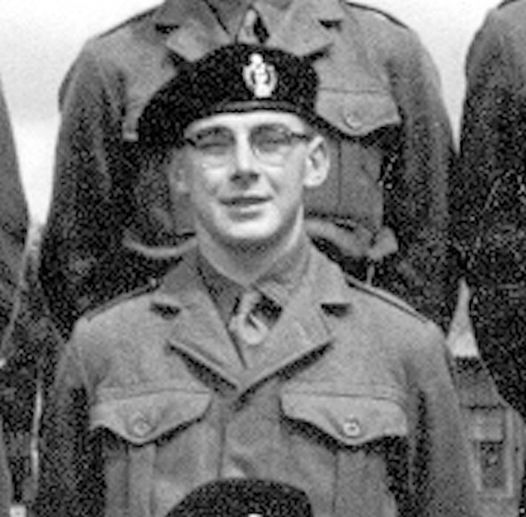
May 1956 saw me called up to do my National Service. My horrendous basic training was done at the huge Hadrian’s Camp near Carlisle. We raw recruits were treated very badly by our horrid Drill Sergeant, who was eventually charged and found guilty of physical and mental bullying. But we all survived, mainly because of all the new music, blaring from every barrack room, NAAFI and Guard House. Likewise during my quieter six weeks of wireless training, in three-ton trucks – pretending to be tanks.
Radio procedures and protocol was very strict, occasionally we did tune our military WS19 Sets, to Radio Luxemburg (208) or the BBC Forces programs, by that time, 1950s Rock ‘n’ Roll had taken over. Elvis was prominent, as was Tommy Steele, the Skiffle Groups were right on the edge of things. Halfway through 1956 saw me in North Germany at Lumsden Barracks, Bad Fallingbostel BAOR 30, close to Hannover, Celle. Nearby was the notorious Bergen Belsen concentration camp – a real eye opener.
Every trooper, NCO and young officers had portable radios, all blaring out the latest, from Pat Boone, Elvis and a host of other new discoveries, who became legends. If we could get to a dance, the sax and drums were prominent, the lyrics shouted, short and to the point. The NAAFI and German pubs had huge Wurlitzer Juke Boxes, for sixpence you could listen or bop around to the latest tune. Strange records like ‘Hernando’s Hideaway’ or ‘She Was Only sixteen’ – could be heard everywhere.

Back to my personal Time Machine. It’s an incredible collection of original artists presenting their best tunes. The Album called 100 Number One’s of the Fifties – a none stop collection of the very best (plus a few of the worst), with only a very short gap between each track.
No Wurlitzer needed these days – just a Apple ipad pro on my lap, record chosen on shuffle, raise my footrest, close my eyes and within minutes this old body of mine is whizzed backwards to noisy barrack rooms, crowded smoke filled naffis, incredible German beer kellers, with oompah music and serving girls…… plus long hours of freezing 24-hour guard duties on the Tank Park or the Fuel Dump, walking around in the pitch black, with near frost-bitten ears or getting soaked or baked by a heatwave during the summer. But from the barrack rooms, half-a-mile or so away, tunes and songs from this album became ingrained. Should you have been a 1950s teenager, you know exactly what I mean.
My now ancient body and mind can still ROCK within this sound bubble. The album is a non-stop, incredible selection of tunes, guaranteed to transform you back in time – in just minutes.
TEMPUS FUGIT (time flies)
Cyril Hobbins – 2022
